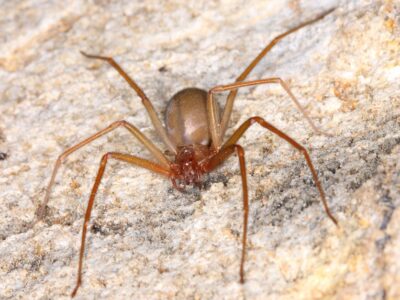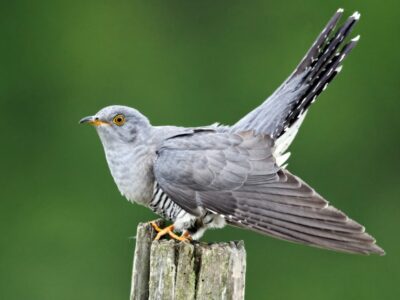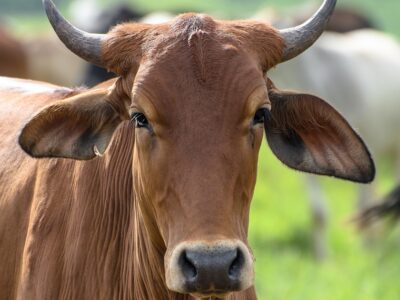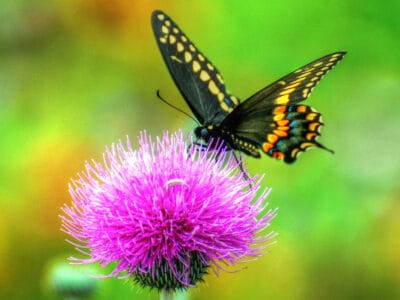Below you can find a complete list of Surinamese animals. We currently track 249 animals in Suriname and are adding more every day!
Located at the top of the bulge on the continent of South America, Suriname is an equatorial climate country that is largely comprised of tropical rain forest and deep, slow-moving jungle rivers. Originally settled as a Dutch colony in the 1600s, Suriname became an independent country in 1975. It is also the smallest country in South America.
The country is home to many species of unique animals such as Sloths, Anteaters, and several species of small primates including the Guianian Squirrel Monkey. A large number of unusual bat species are present as are countless birds which call the heavily-treed country home.
The Official National Animal of Surname
The official National Animal of Suriname is a bird species called the Lesser Kiskadee. This bird is easily distinguished by its black and white striped head and brilliant yellow underbelly.
Where to find the top wild animals of Surname
Because it was never heavily populated, a lot of the land area of Suriname has remained undeveloped. This in turn has led the government of the Republic of Suriname to set aside a surprisingly large percentage of the nation’s landmass for national parks and wildlife preserves.
In fact, approximately 12.6% of that area has been set aside for various preservation purposes. Finding a place to view Suriname wildlife species in their natural habitat is not a problem. Among the best and most widely known of these reserved areas is the Central Suriname nature reserve, which is cited as a particularly fine example of a UNESCO world heritage site due to its unspoiled habitat.
The most dangerous animals in Suriname
As is the case with many equatorial nations, Suriname is home to many dangerous but little-known animals such as a number of exotic and dangerous snakes that are not widely known outside of the country itself. The Aquatic Coral Snake and Labaria are seldom heard of, but one Suriname snake, the Boa Constrictor, is reasonably famous from a global perspective.
Due to the many diseases it serves as a carrier for, the lowly mosquito is an exceptionally dangerous animal.
Suriname is also home to several species of Caiman, which are a type of crocodile, particularly the Spectacled Caiman.
The Jaguar is also found in Suriname. This would be considered a dangerous animal but they are not fond of humans and tend to stay far away. They can, of course, be extremely deadly if trapped or forced to defend their young.
Endangered Animals in Suriname
Because the country is 96% forested, Suriname has fewer problems with species endangerment than other places. There is simply too much undeveloped land for there to be any major problems with animals becoming extinct.
With that said, there are nevertheless some unique Suriname animals that are threatened.
The fascinating Giant Anteater is endangered, as is the Giant Brazilian Otter and the Bush Dog.
Several species of whales that visit the Suriname coast are also on the list of endangered animals but have clawed their way back from the edge of becoming extinct.
High order predators such as the Jaguar, Ocelot, Margay, and Jaguarundi are always going to be in limited supply.
The Flag of Suriname
The flag of Suriname consists of five unequal horizontal stripes of green (occupying the top and bottom of the flag), white, and red, with a central yellow five-pointed star. Two thin white bands come right after the green bands on both ends, while the red band lies at the center of the flag. The yellow star lies at the heart of the red band, coinciding with the flag’s center.
Surinamese Animals
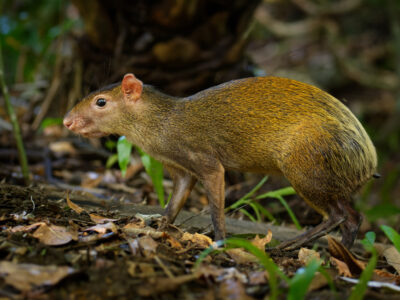
Agouti
The agouti is one of the only animals that can crack open Brazil nut pods!
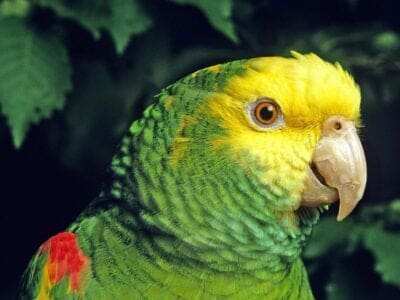
Amazon Parrot
These parrots can be trained to be "talking birds" that mimic human speech
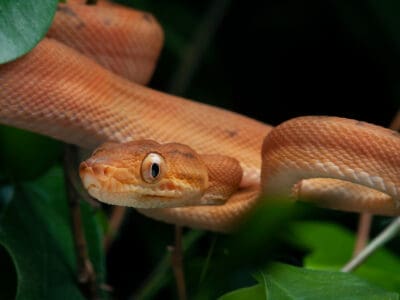
Amazon Tree Boa
Amazon tree boas come in a rainbow of colors.
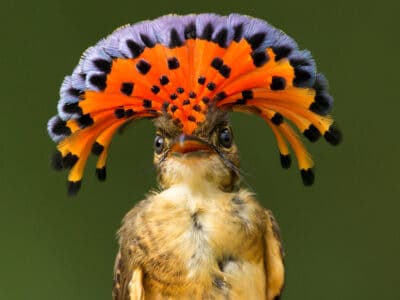
Amazonian Royal Flycatcher
They use their bright royal-looking crests during mating season
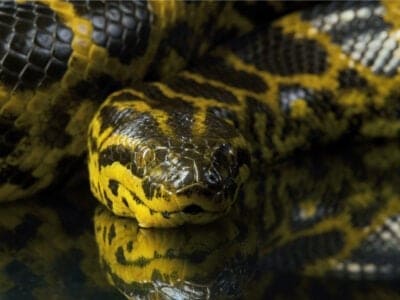
Anaconda
They are the heaviest snake in the world
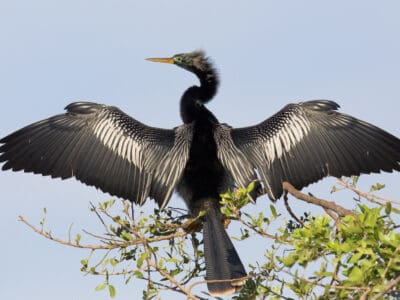
Anhinga
Their name means snake bird
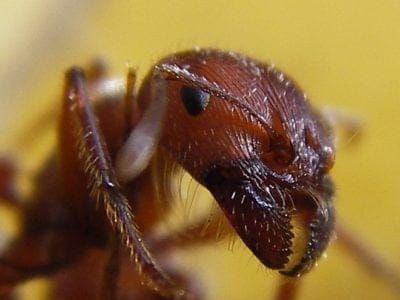
Ant
First evolved 100 million years ago!
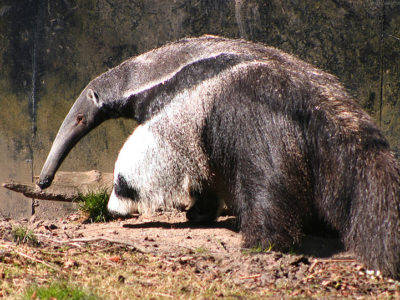
Anteater
Has the longest tongue of any animal in relation to its body size!
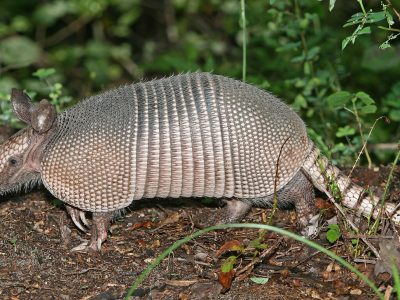
Armadillo
Can curl into a hard, protective ball!
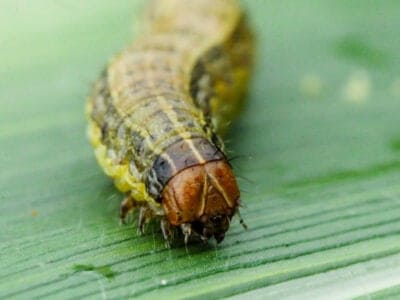
Armyworm
They are so named because they "march" in armies of worms from one crop to another in search of food
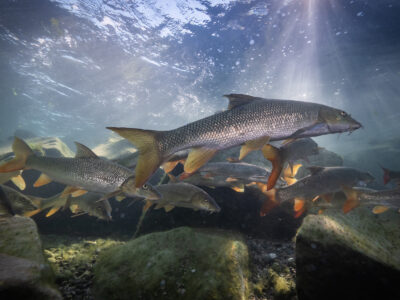
Barb
There are over 1768 known species!
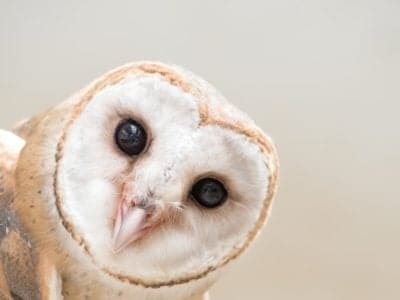
Barn Owl
Found everywhere around the world!
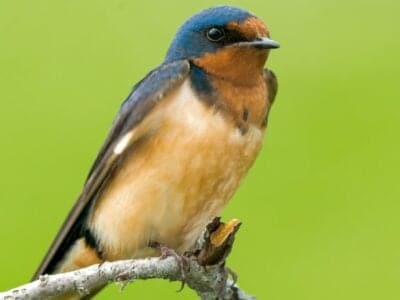
Barn Swallow
Older offspring help care for new hatchlings.
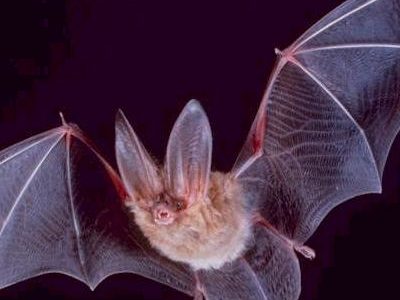
Bat
Detects prey using echolocation!
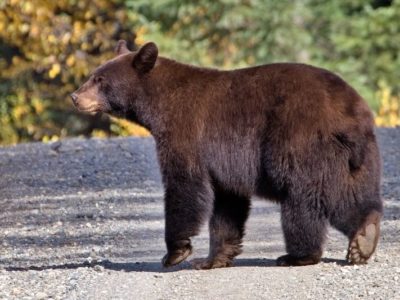
Bear
There are 8 different species!
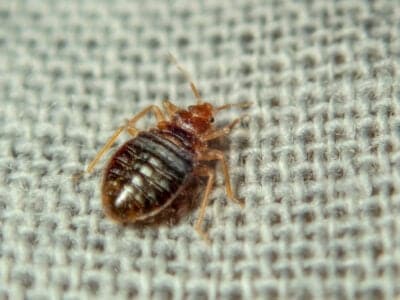
Bed Bugs
Bed bugs feed for 4-12 minutes.
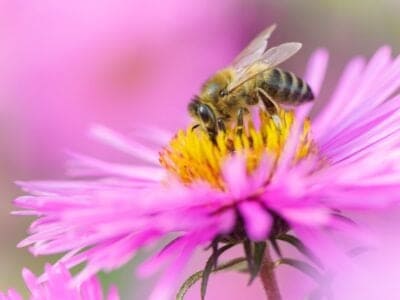
Bee
Rock paintings of bees date back 15,000 years
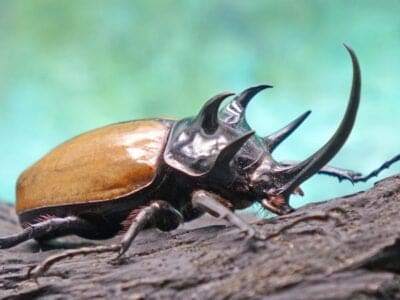
Beetle
There are more than 350,000 different species
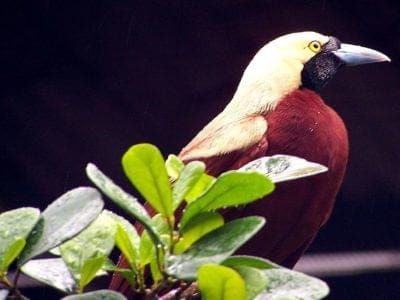
Bird
Not all birds are able to fly!
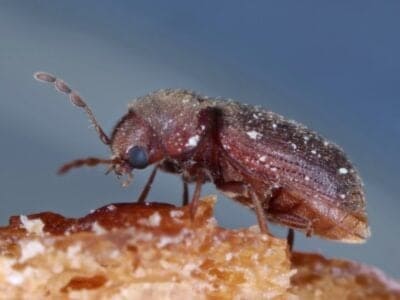
Biscuit Beetle
The biscuit beetle form a symbiotic relationship with yeast
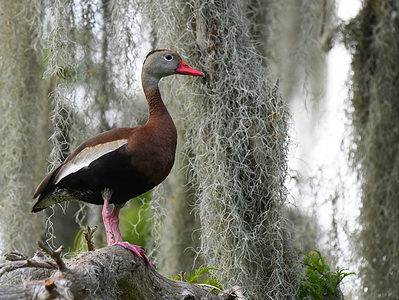
Black-Bellied Whistling Duck
They have bright pink bills.
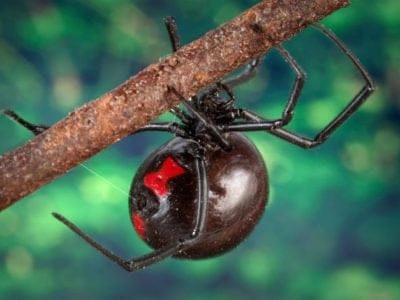
Black Widow Spider
They typically prey on insects!
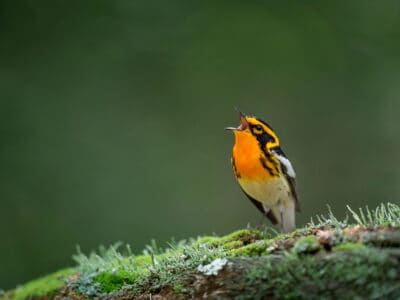
Blackburnian Warbler
They are the only songbird in North America with an orange throat!
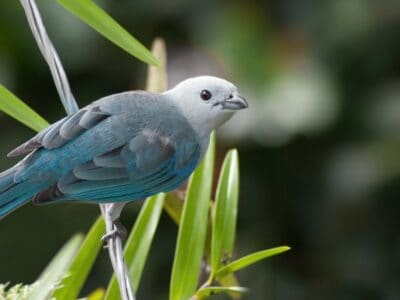
Blue Tanager (Blue-Grey Tanager)
They travel and forage in pairs or groups
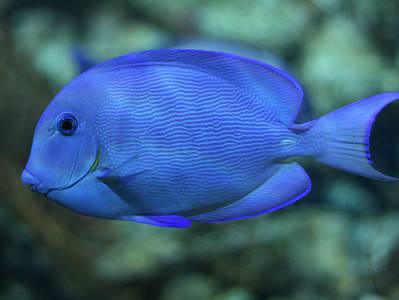
Blue Tang
One of the most colorful members of the genus Acanthurus
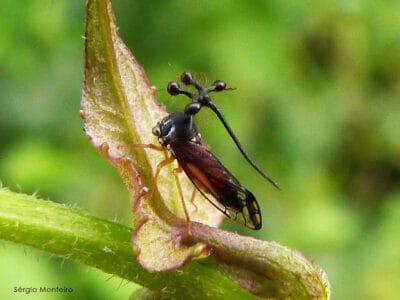
Brazilian Treehopper
“Mild-Mannered Minimonsters”
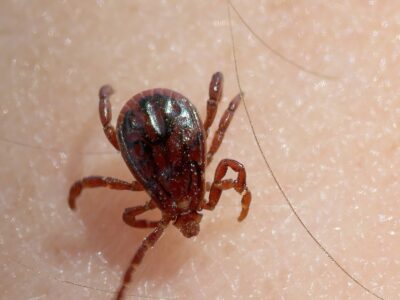
Brown Dog Tick
Can live its entire life indoors
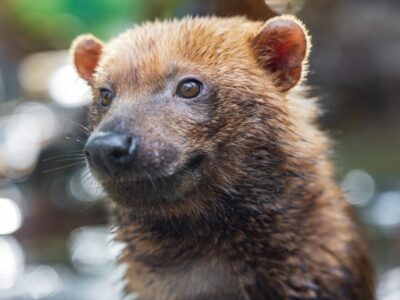
Bush Dog
Bush dogs have webbed toes to help them swim.
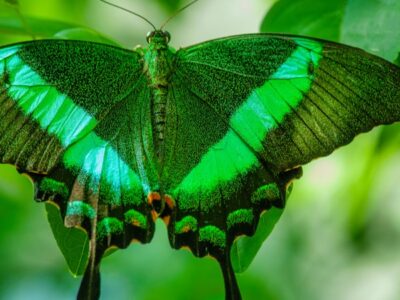
Butterfly
There are thought to be up 17,500 species!
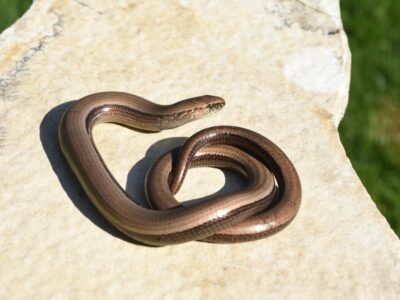
Caecilian
Some species' babies use their hooked or scraper-like teeth to peel off and eat their mother's skin
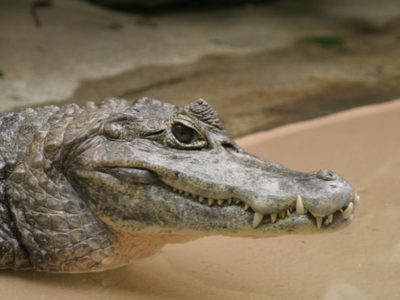
Caiman
Can grow to up 6 meters long!
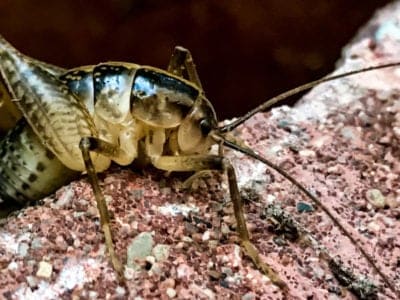
Camel Cricket
The camel crickets that are found in the USA are light brown in color. They also have dark streaks all over their body.
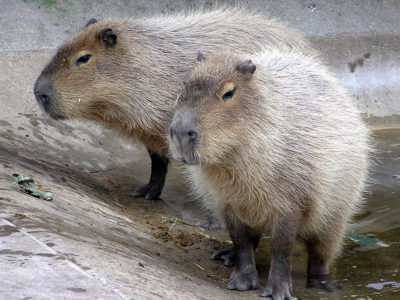
Capybara
Excellent at both diving and swimming
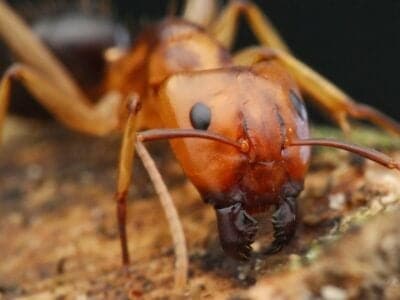
Carpenter Ant
Carpenter ants can lift up to seven times their own weight with their teeth!

Cat
May have been domesticated up to 10,000 years ago.
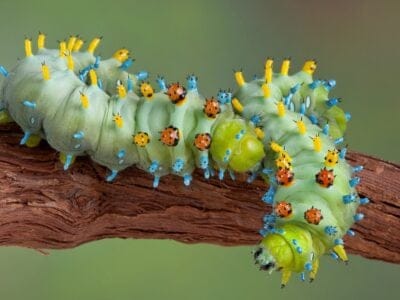
Caterpillar
The larvae of a moth or butterfly!
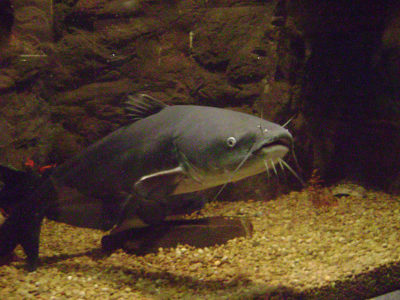
Catfish
There are nearly 3,000 different species!
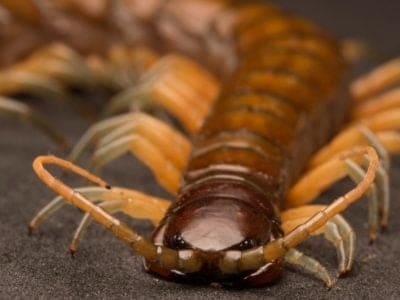
Centipede
There are about 3,000 documented species!
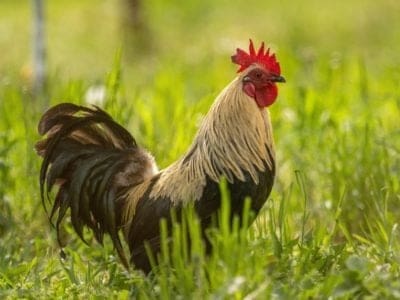
Chicken
First domesticated more than 10,000 years ago!
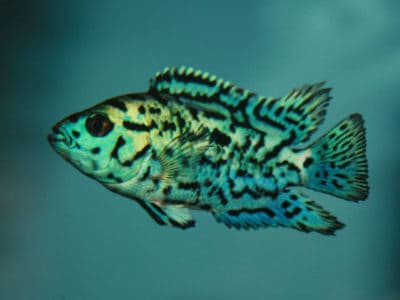
Cichlid
There are more than 2 000 known species!
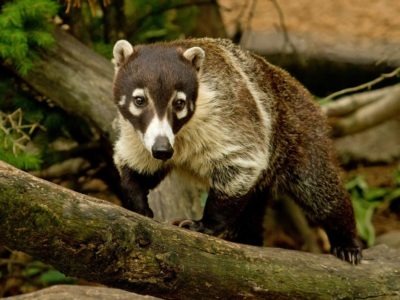
Coati
Found in dense forests and wet jungles!
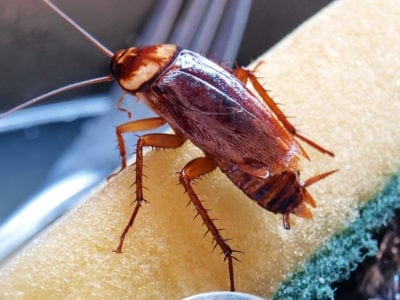
Cockroach
Dated to be around 300 million years old!
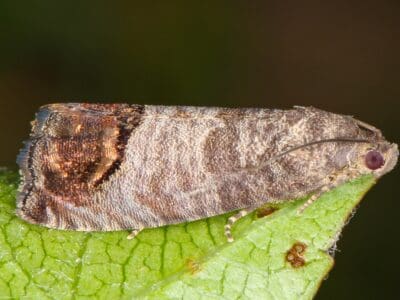
Codling Moth
Pupae are able to undergo diapause to survive poor fruit yield years and winter.
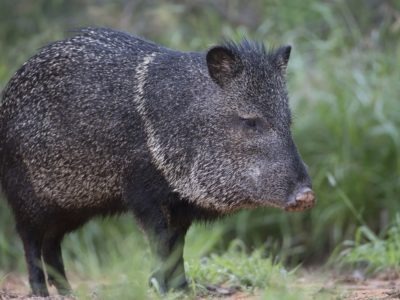
Collared Peccary
Form bands of up to 12 individuals!
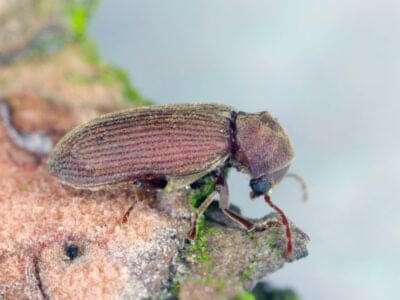
Common Furniture Beetle
The common furniture beetle feeds exclusively on wood
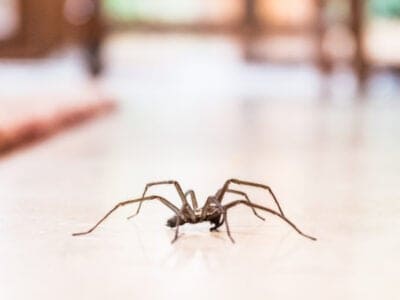
Common House Spider
House spiders have the ability to eat most insects in a home.
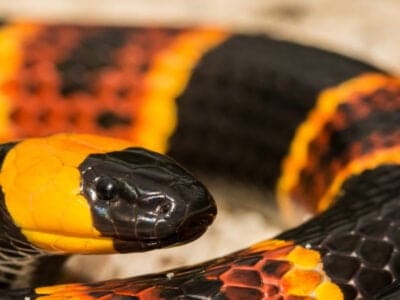
Coral Snake
There are over 80 species of coral snake worldwide.
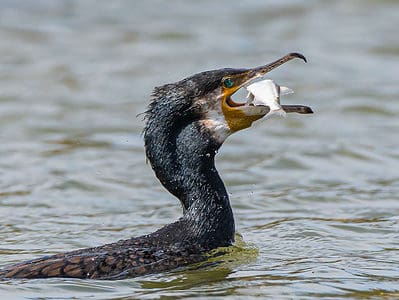
Cormorant
They can fly 35 mph and dive 150 feet below water.
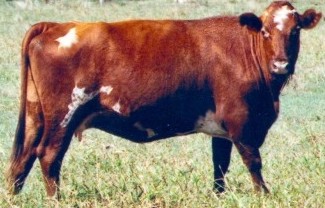
Cow
There are nearly 1.5 billion worldwide!
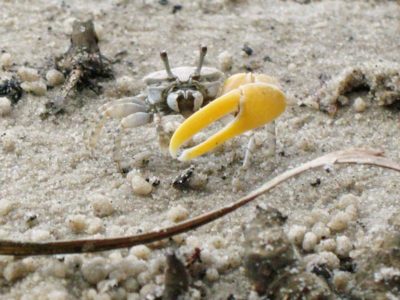
Crab
There are 93 different crab groups
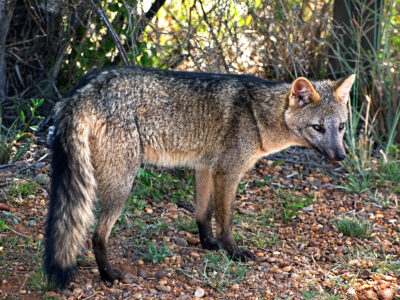
Crab-Eating Fox
The crab-eating fox is extremely adaptable, living in all sorts of habitats and eating almost any available food.
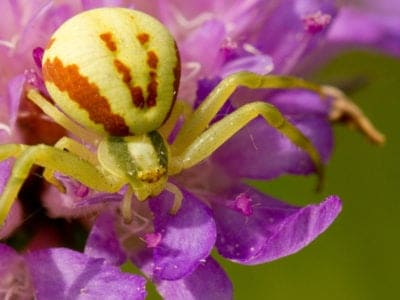
Crab Spider
Crab Spiders can mimic ants or bird droppings
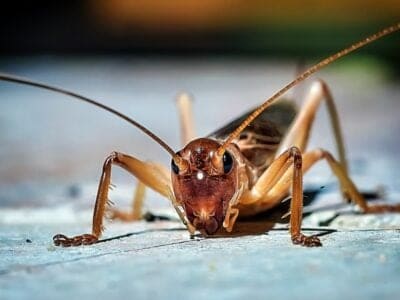
Cricket
Male crickets can produce sounds by rubbing their wings together
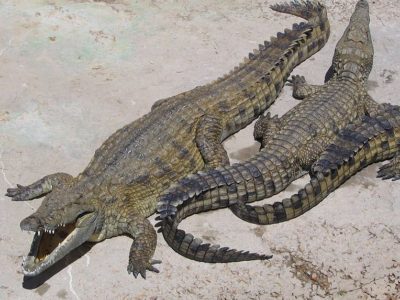
Crocodile
Have changed little in 200 million years!
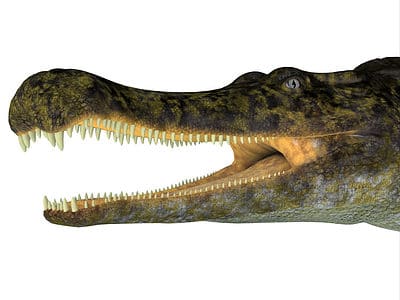
Crocodylomorph
Crocodylomorphs include extinct ancient species as well as 26 living species today.
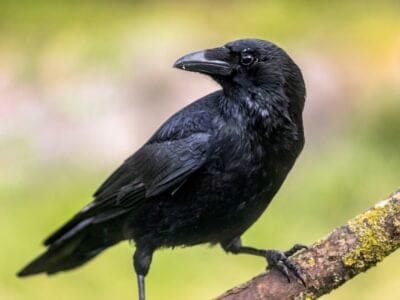
Crow
A group of these birds is called a Murder.
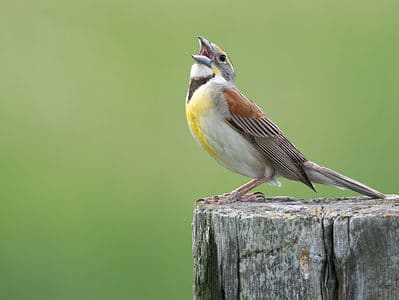
Dickcissel
They have a unique call that they are named for.
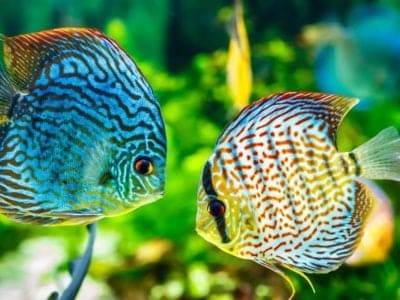
Discus
One of the only schooling Cichlids!

Dog
First domesticated in South-East Asia!
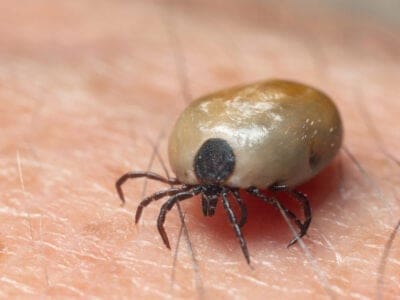
Dog Tick
Dog ticks feed on dogs and other mammals
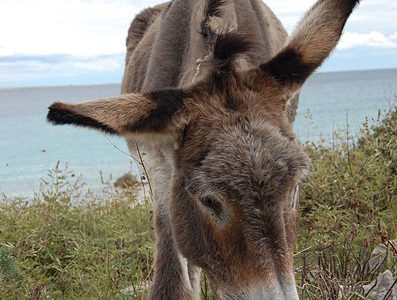
Donkey
First domesticated 5,000 years ago!
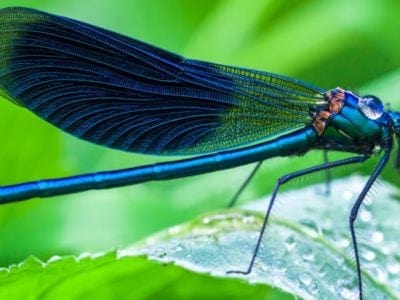
Dragonfly
It's larvae are carnivorous!
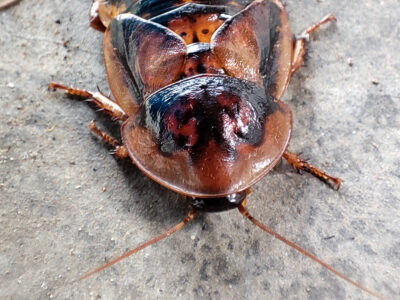
Dubia Cockroach
The most popular species of feeder roach
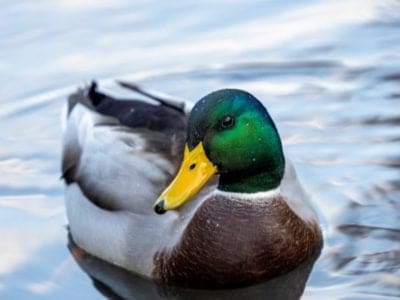
Duck
Rows of tiny plates line their teeth!
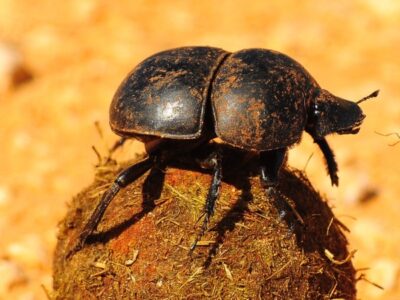
Dung Beetle
The dung beetle can push objects many times its own weight
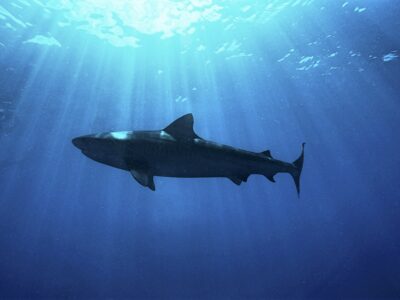
Dusky Shark
The Dusky Shark sometimes eats trash discarded by humans.
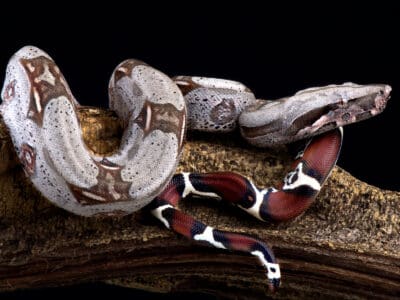
Dwarf Boa
Some species can change color from dark to light, and back again.
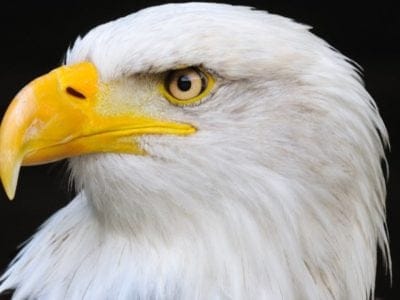
Eagle
Has exceptional eyesight!

Earthworm
They are hermaphrodites, which means they have male and female organs
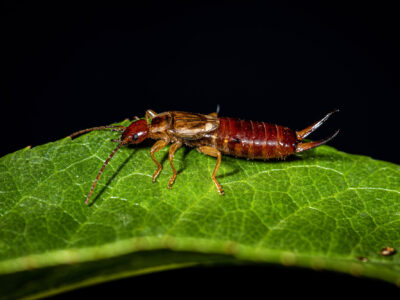
Earwig
There are nearly 2,000 different species!
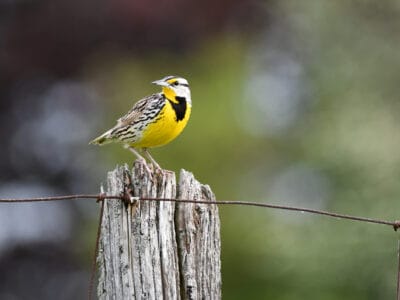
Eastern Meadowlark
They can live up to 9 years.

Eel
Eels can be a mere few inches long to 13 feet!

Electric Eel
Despite its powerful shock, electric eels have terrible vision.
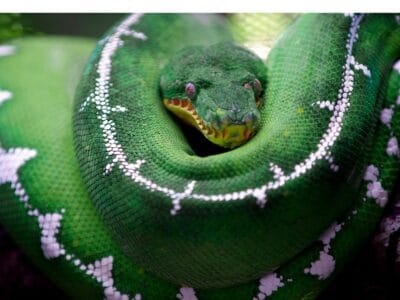
Emerald Tree Boa
Their teeth are as long as a fully-grown reticulated python
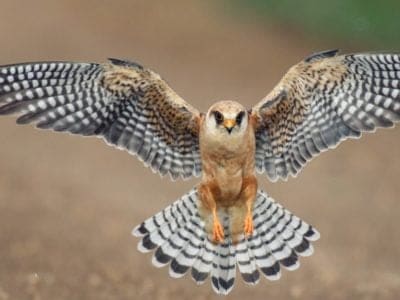
Falcon
The fastest creatures on the planet!
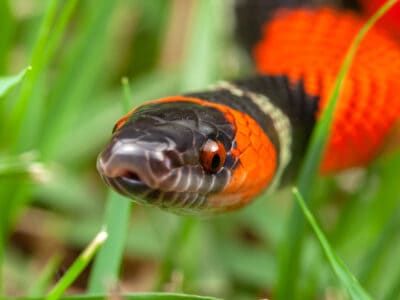
False coral snake
The false coral snake mimics both the coral snake and the cobra to scare away predators
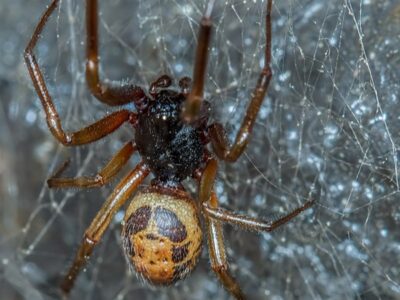
False Widow Spider
False spiders actually prey on black widow spiders and other hazardous spiders
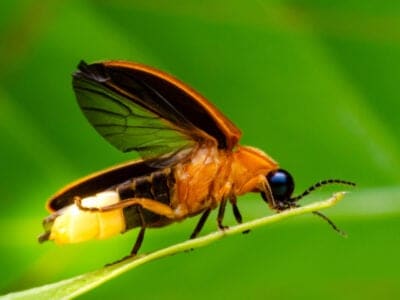
Firefly
The firefly produces some of the most efficient light in the world

Flamingo
Sleeps on just one leg!
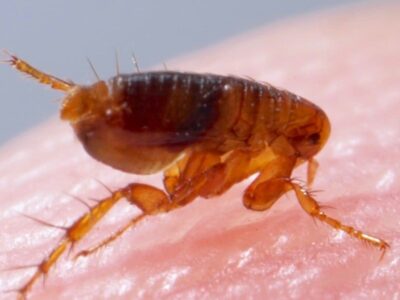
Flea
Adult fleas can jump up to 7 inches in the air
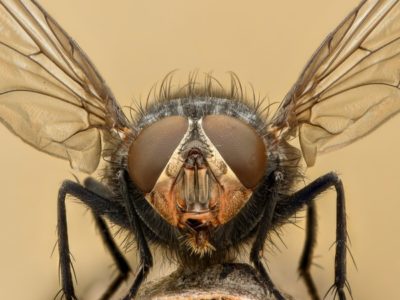
Fly
There are more than 240,000 different species!
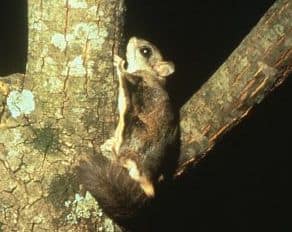
Flying Squirrel
Can glide up to 90 meters!
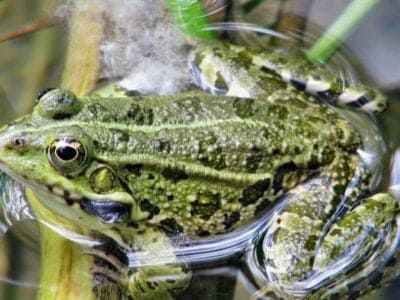
Frog
There are around 7,000 different species!
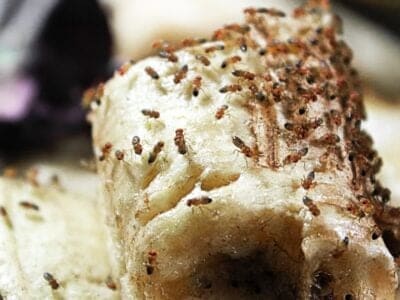
Fruit Fly
Fruit flies are among the most common research animals in the world
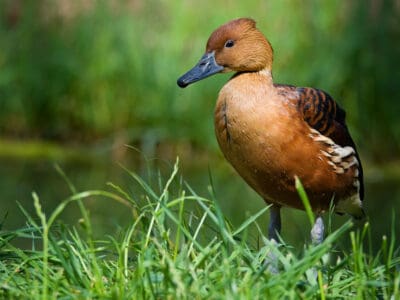
Fulvous Whistling Duck
They build a ramp from their nest, which leads to a nearby water source
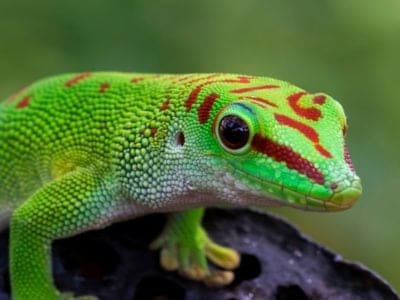
Gecko
There are thought to be over 2,000 species!
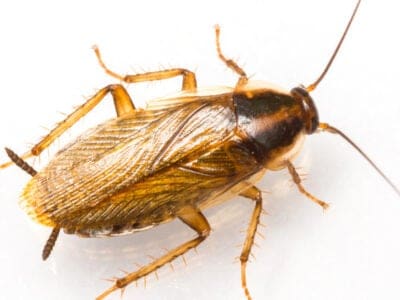
German Cockroach
The most common type of urban roach
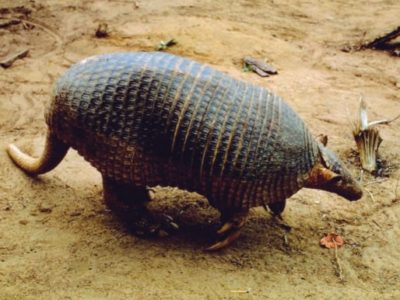
Giant Armadillo
Armadillos have a smell that’s described as strong, sweet and acrid.
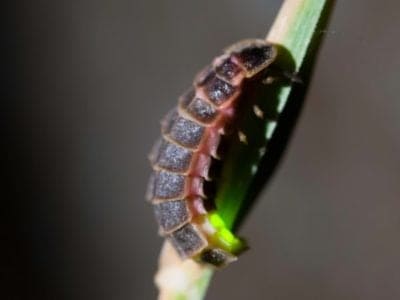
Glowworm
Found inhabiting dense woodland and caves!
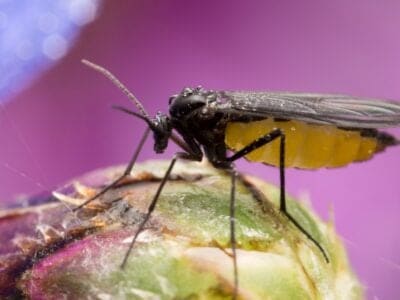
Gnat
Males form large mating swarms at dusk
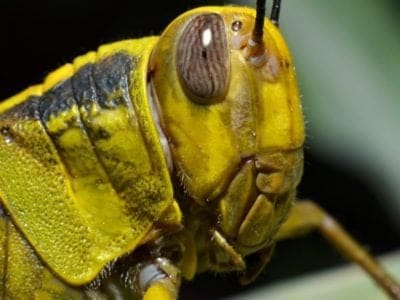
Grasshopper
There are 11,000 known species!
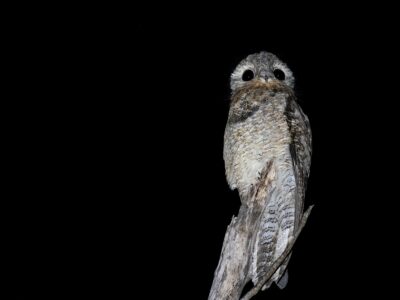
Great Potoo Bird
At night, they make a terrifying low call that sounds like a distressed moan or growl.
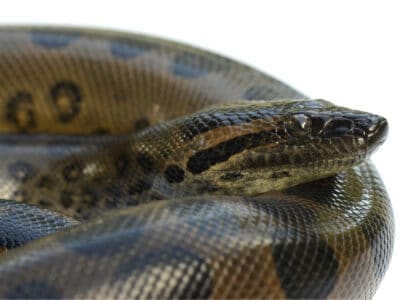
Green Anaconda
Females are often five times longer than males.
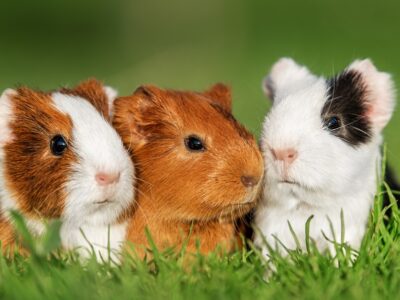
Guinea Pig
Natively found in the Andes Mountain range!
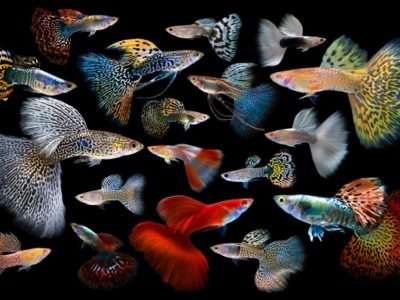
Guppy
Also known as the Millionfish!
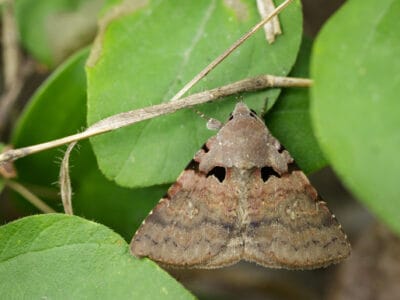
Gypsy Moth
One of the most invasive species in the world
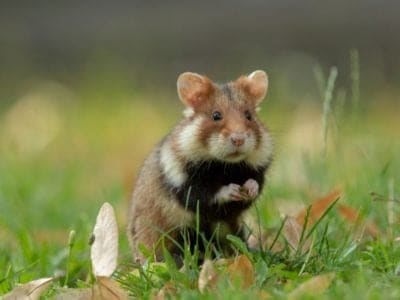
Hamster
Able to run as quickly backwards as forwards!
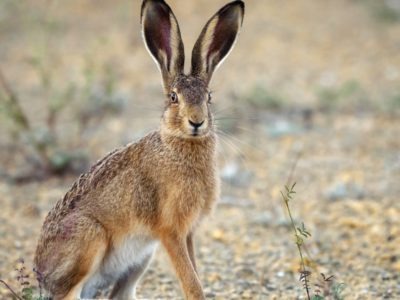
Hare
Can reach speeds of over 50 mph!
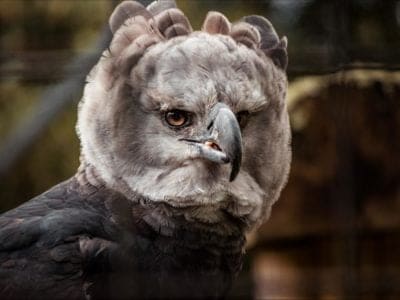
Harpy Eagle
Talon's the size of a grizzly bear's claws!
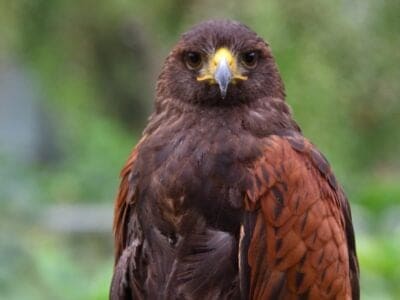
Harris’s Hawk
Their vision is eight times better than a human's
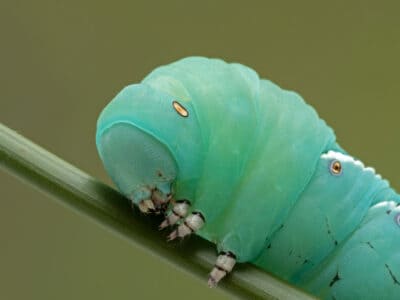
Hawk Moth Caterpillar
Many hawk moth caterpillars eat toxins from plants, but don’t sequester them the way milkweed butterflies do. Most toxins are excreted.
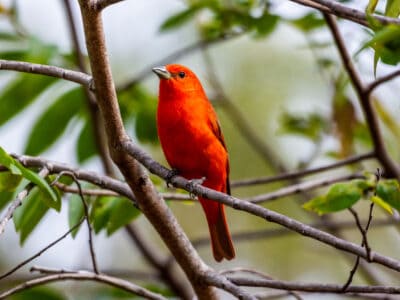
Hepatic Tanager (Red Tanager)
Parents and their young sing sweetly to each other
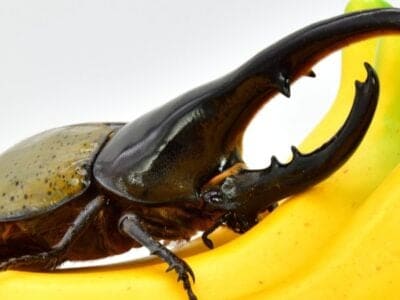
Hercules Beetle
This dynastine scarab beetle makes a weird huffing sound when it’s disturbed.
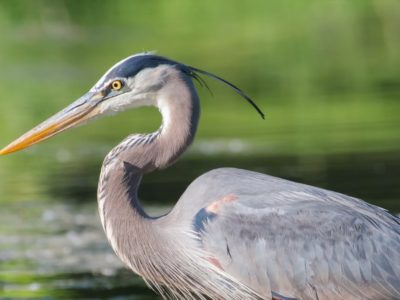
Heron
Inhabits wetlands around the world!
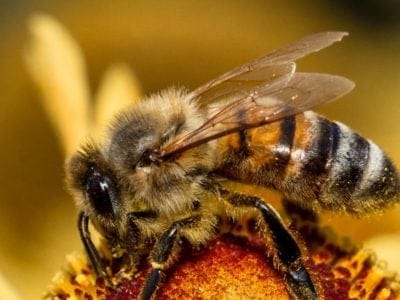
Honey Bee
There are only 8 recognized species!
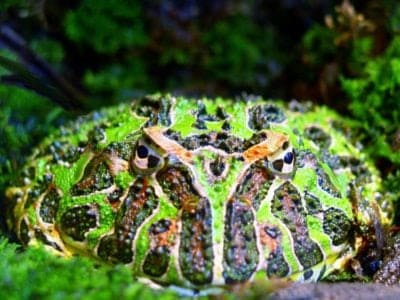
Argentine Horned Frog
Natively found in South America!

Horse
Has evolved over 50 million years!
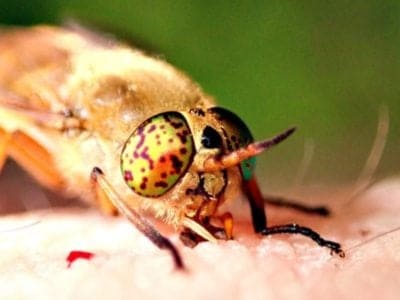
Horsefly
Horseflies have been seen performing Immelmann turns, much like fighter jets.
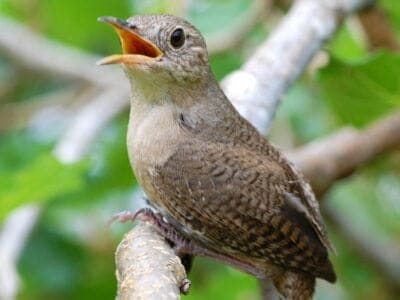
House wren
The wren’s epithet, aedon, comes from a Greek queen who accidentally killed her only son. She was actually aiming for her nephew, and Zeus took pity on her and turned her into a nightingale.
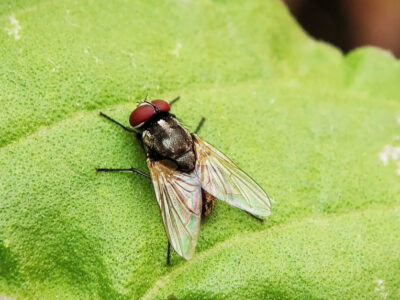
Housefly
The fly has no teeth
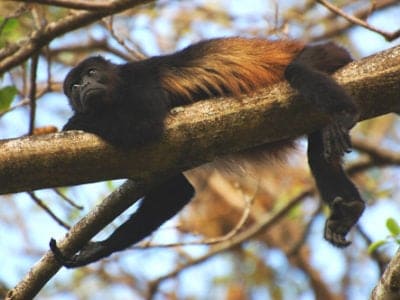
Howler Monkey
Spends 80% of it's time resting!

Human
Thought to have orignated 200,000 years ago!
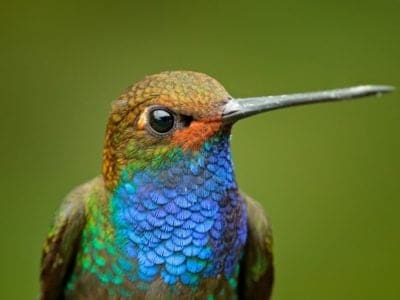
Hummingbird
Beat their wings up to 80 times per second!
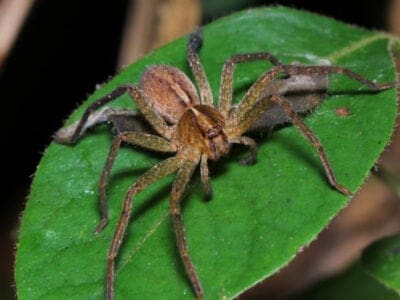
Huntsman Spider
Some huntsman spiders have an interesting way of moving around. Some cartwheel while others do handsprings or backflips.
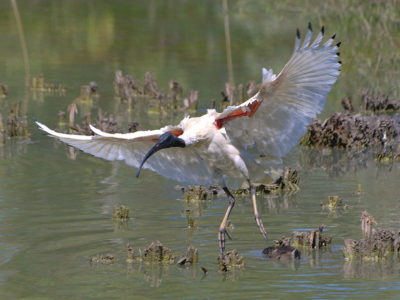
Ibis
Found in swamps, marshes and wetlands!
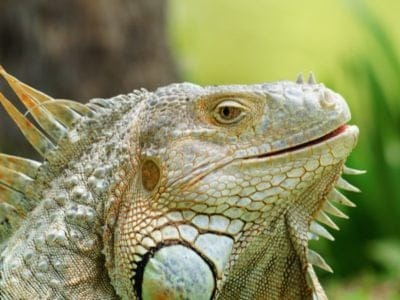
Iguana
Uses visual signals to communicate!
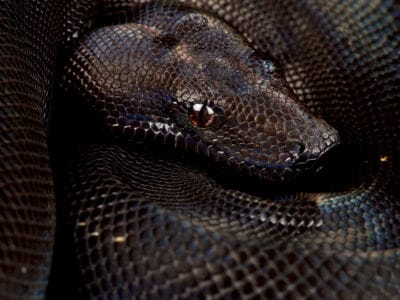
IMG Boa Constrictor
The first IMG boa was born in a litter of anerythristic boas.
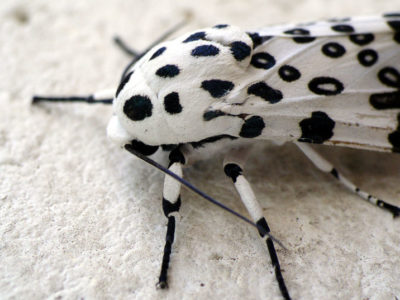
Insects
There are an estimated 30 million species!
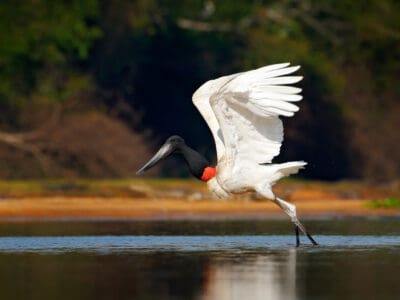
Jabiru
They form lifelong pair bonds and live in groups near water sources.
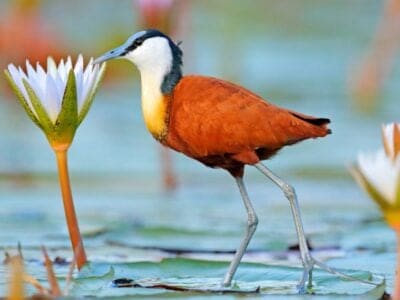
Jacana
The jacana has the ability to swim underwater
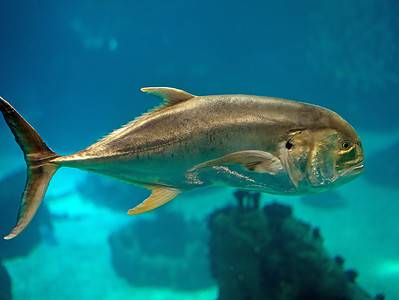
Jack Crevalle
One of the biggest species in the Caranx genus
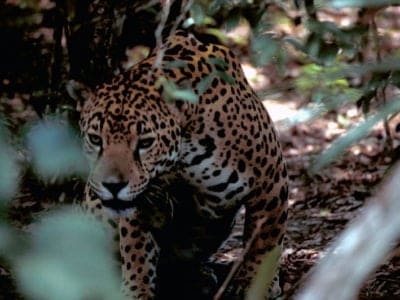
Jaguar
The largest feline on the American continent!
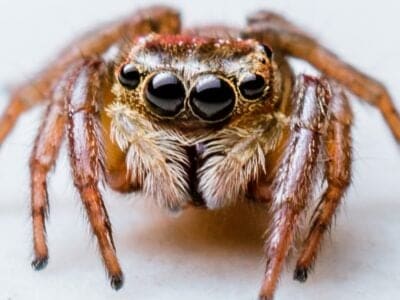
Jumping Spider
Some can jump 50 times the length of their bodies
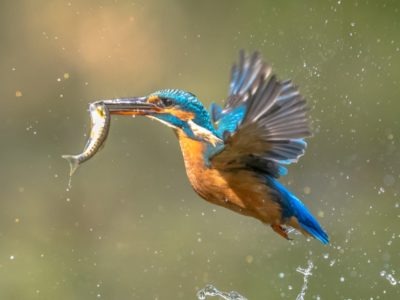
Kingfisher
Inhabits wetlands and woodlands worldwide!
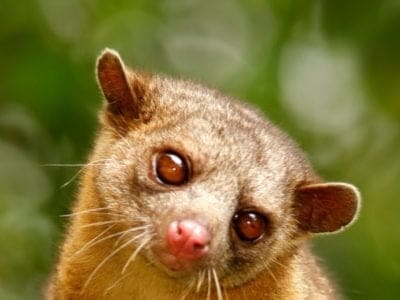
Kinkajou
The kinkajou is a nimble forest-dwelling mammal of Central and South America.
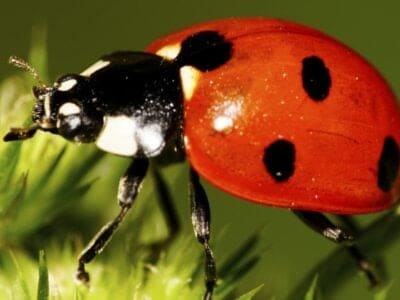
Ladybug
There are more than 5,000 species worldwide!
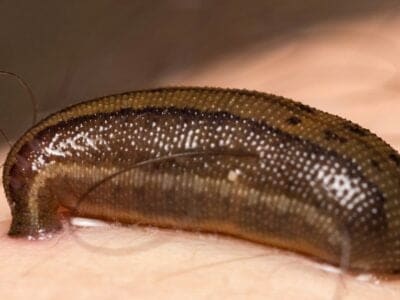
Leech
Has 10 pairs of eyes!
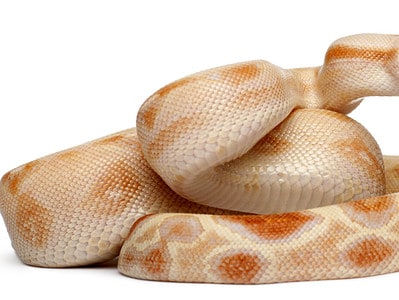
Lipstick Albino Boa
Lipstick albino boas are a designer morph that you'll only find from breeders.
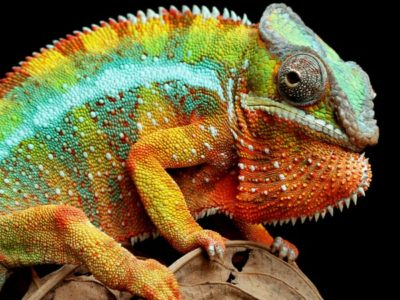
Lizard
There are around 5,000 different species!
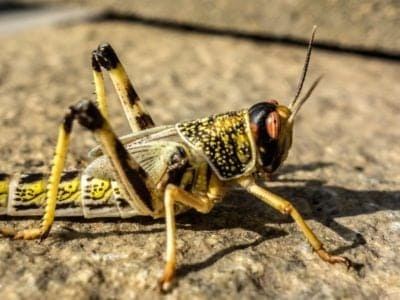
Locust
Each locust can eat its weight in plants each day.
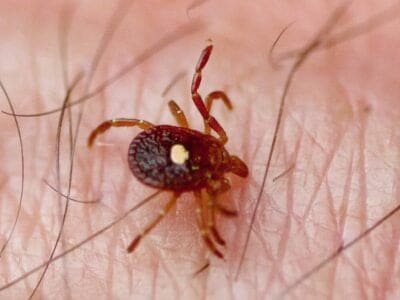
Lone Star Tick
Only females have the ‘lone star’ marking
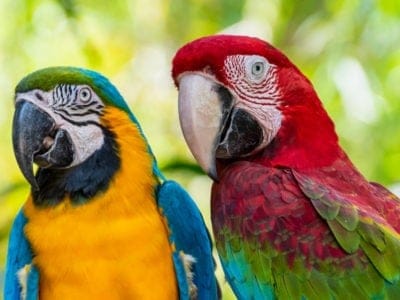
Macaw
The largest species of parrot in the world!
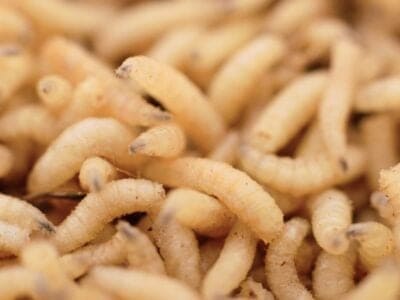
Maggot
Will only live in wet areas
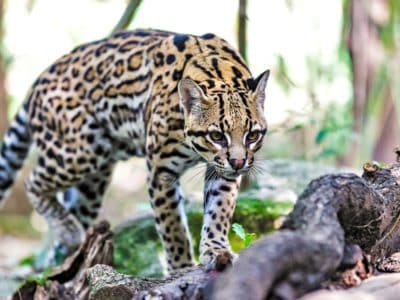
Margay
Margays are one of the world’s most highly adapted cat species for climbing trees!
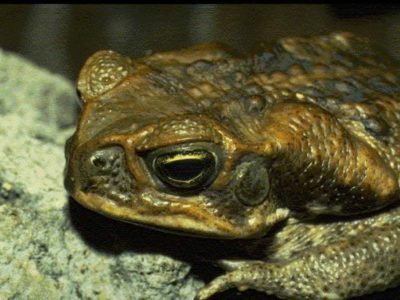
Marine Toad
Produces a toxin used in arrow darts!
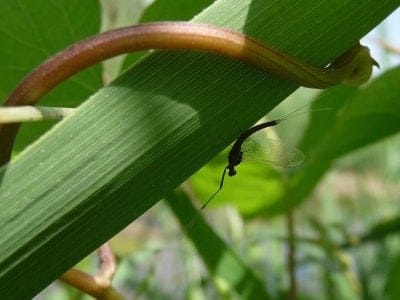
Mayfly
There are 2,500 known species worldwide!
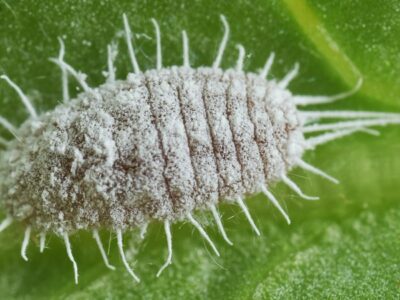
Mealybug
They have a symbiotic relationship with ants.
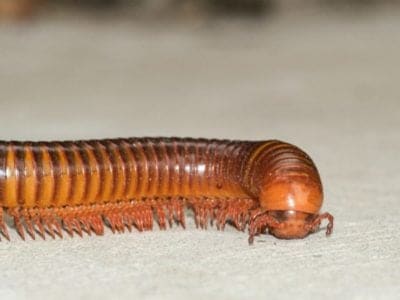
Millipede
Some species have a poisonous bite!
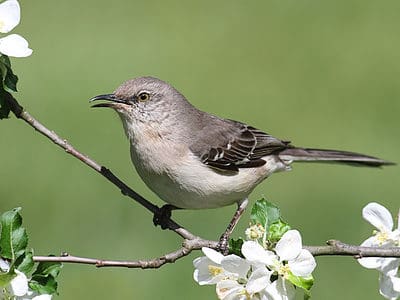
Mockingbird
Mockingbirds are incredible mimics that can learn hundreds of songs!
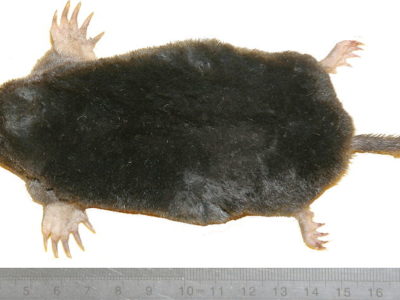
Mole
Primarily hunts and feeds on Earthworms!
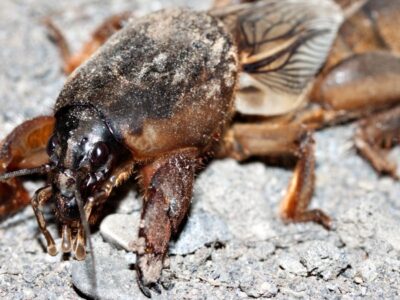
Mole Cricket
Adult Mole crickets may fly as far as 5 miles during mating season and are active most of the year.
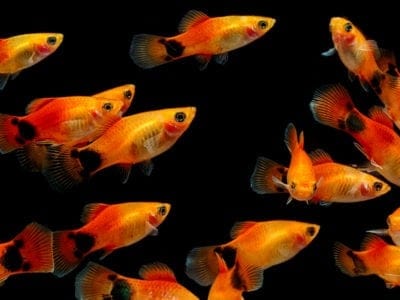
Molly
Known for their calm and peaceful nature!
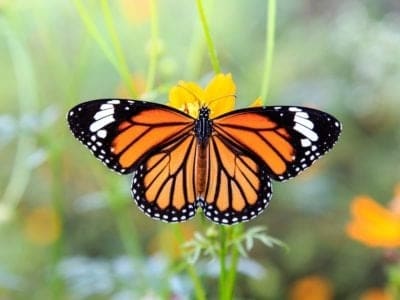
Monarch Butterfly
During migration, Monarch Butterflies may travel 250 or more miles each day.

Mongrel
Has characteristics of two or more breeds!
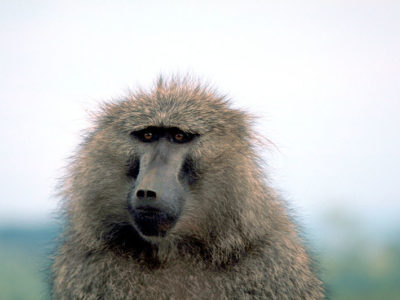
Monkey
There are around 260 known species!
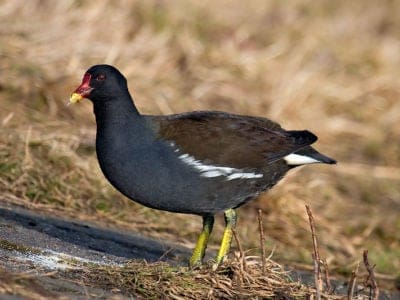
Moorhen
Feeds on aquatic insects and water-spiders!
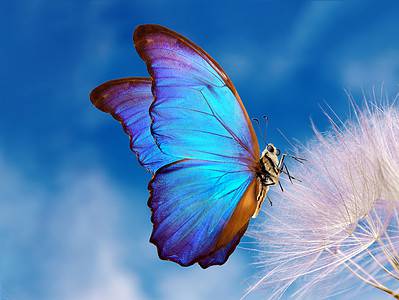
Morpho Butterfly
Collectors prize them for their bright wings
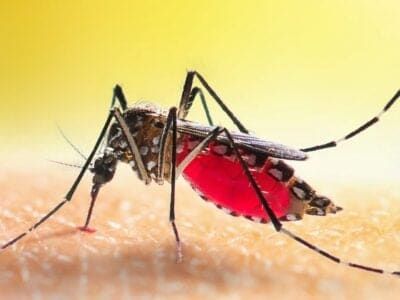
Mosquito
Only the female mosquito actually sucks blood
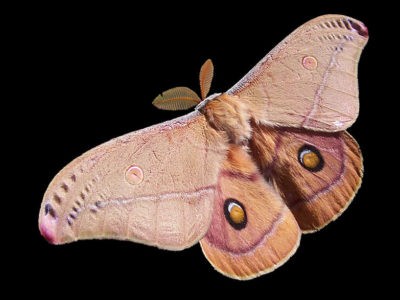
Moth
There are 250,000 different species!
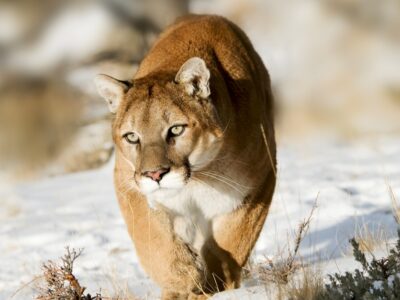
Mountain Lion
Has no real natural predators!
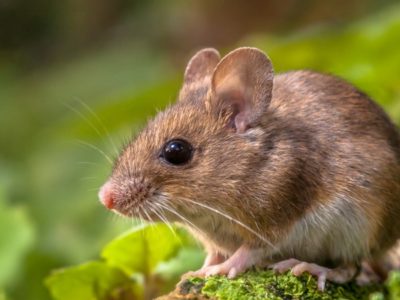
Mouse
Found on every continent on Earth!

Mule
The offspring of a horse and donkey parents!
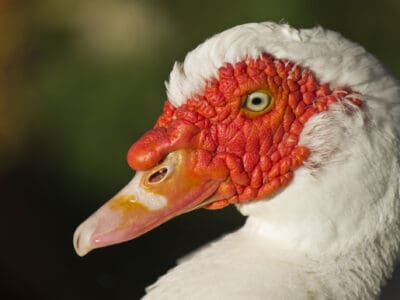
Muscovy Duck
Unlike most duck species, the Muscovy is silent and only makes noise when excited or threatened.
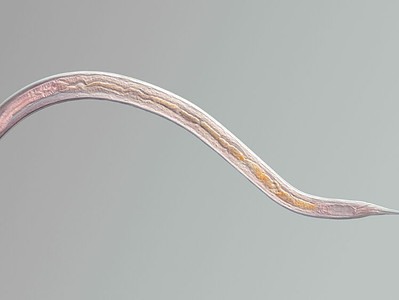
Nematode
Nematodes range in size from 1/10 of an inch to 28 feet long
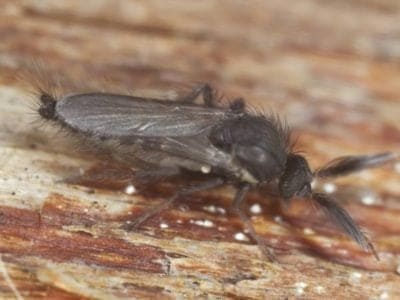
No See Ums
There are more than 5,000 species.
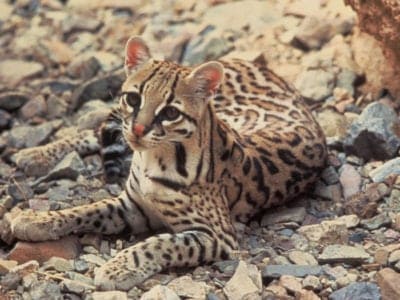
Ocelot
Also known as the Painted Leopard!
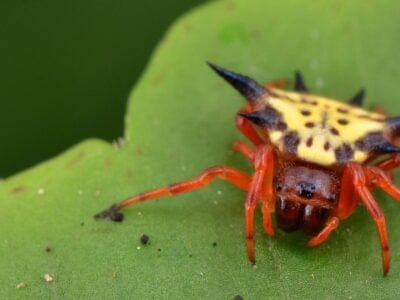
Orb Weaver
Females are about four times the size of males
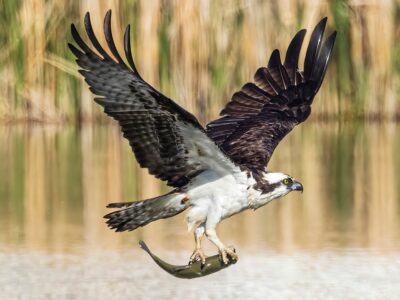
Osprey
They reuse nesting sites for 70 years!

Otter
There are 13 different species worldwide
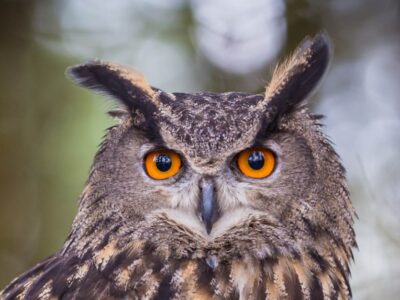
Owl
The owl can rotate its head some 270 degrees
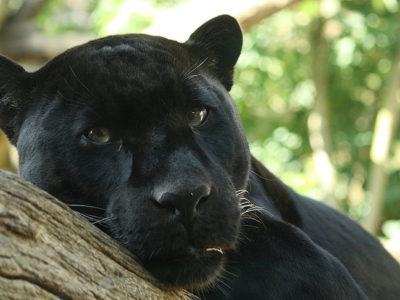
Panther
Prefers to hunt at night than during the day!
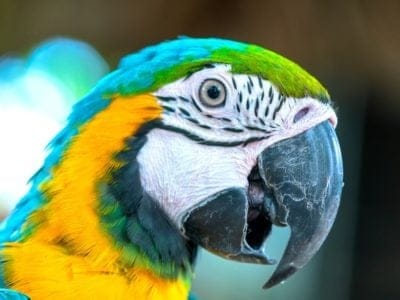
Parrot
Can live for up to 100 years!
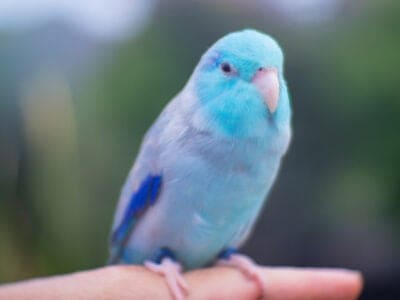
Parrotlet
Parrotlets aren't the world's tiniest parrot — that would be the pygmy parrot of Australasia.
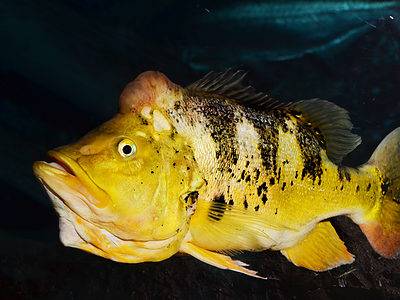
Peacock Bass
Peacock bass is known for their aggressive behavior and predatory instincts, making them a challenging target for sport fishermen.
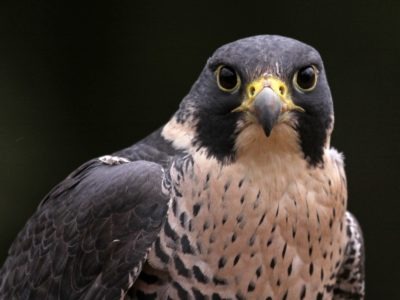
Peregrine Falcon
Fastest animal on Earth
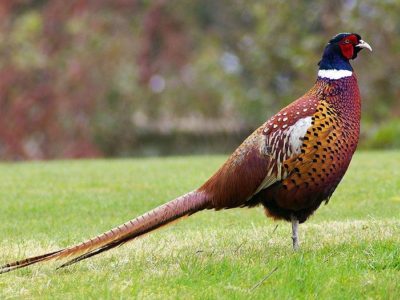
Pheasant
Females lay between 8 and 12 eggs per clutch!
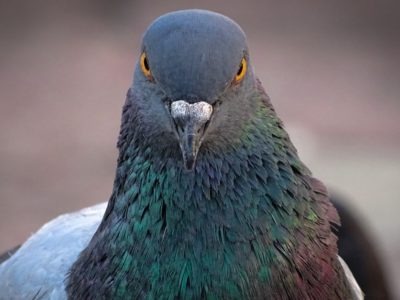
Pigeon
They can find their way back to their nests from up to 1300 miles away.
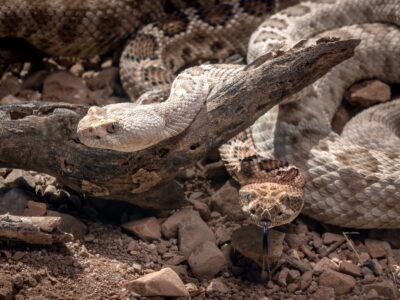
Pit Viper
Pit vipers's fangs fold up into their mouths when they don't need them.
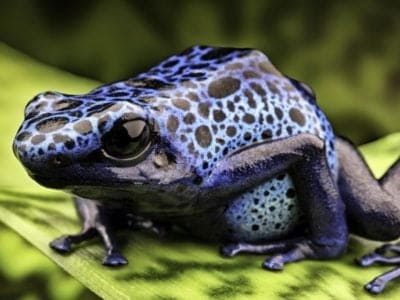
Poison Dart Frog
Inhabits the jungles of Central and South America!
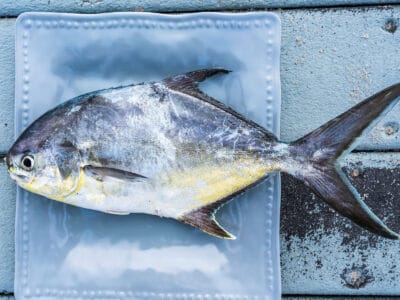
Pompano Fish
They are bottom-feeders
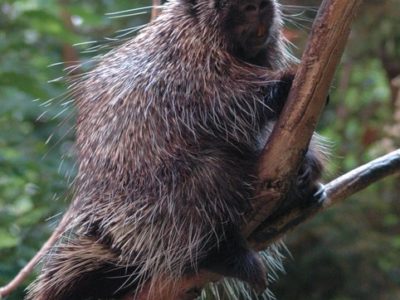
Porcupine
There are 30 different species worldwide!
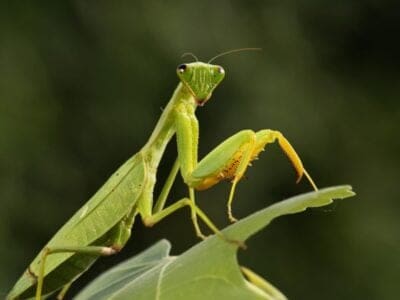
Praying Mantis
The mantis can turn its head 180 degrees.
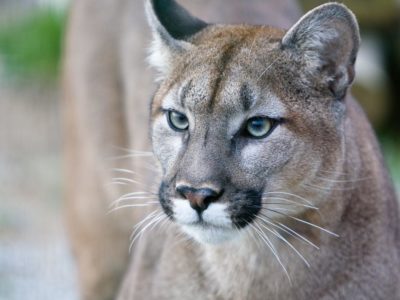
Puma
Has longer back legs than front legs!
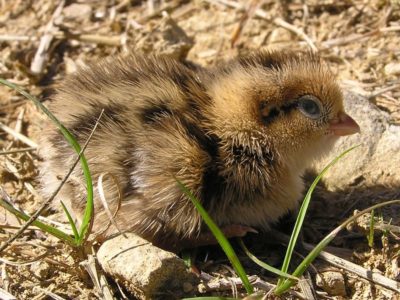
Quail
Inhabits woodland and forest areas worldwide!
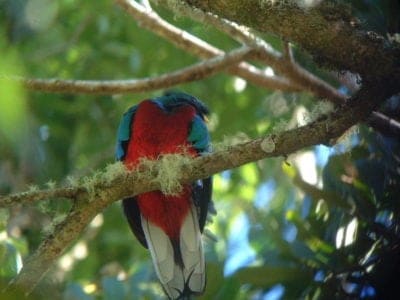
Quetzal
The tail feathers of the male can be 1m long!
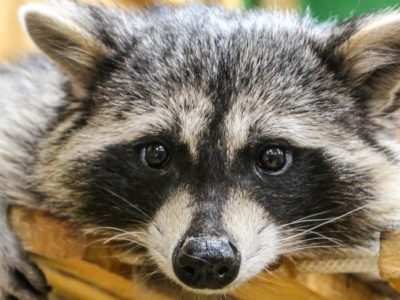
Raccoon
Known to wash their food before eating it!
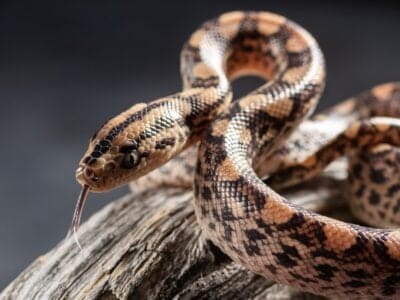
Rainbow Boa
The rainbow boa is named for its iridescent skin that refracts light and creates a rainbow-colored effect.
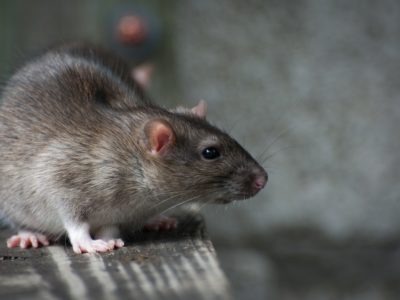
Rat
Omnivores that eat anything!
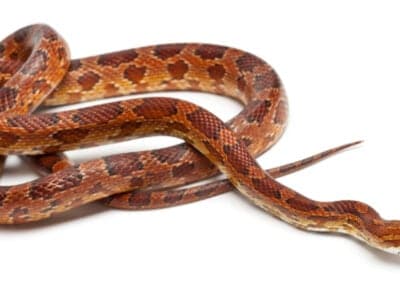
Rat Snakes
Rat snakes are constrictors from the Colubridae family of snakes.
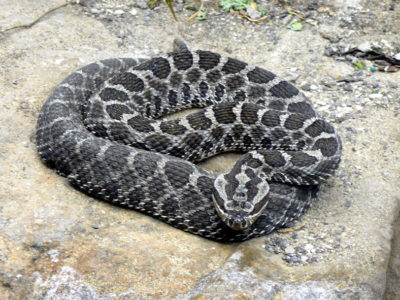
Rattlesnake
Rattlesnakes may have evolved their rattle to warn bison away from them.
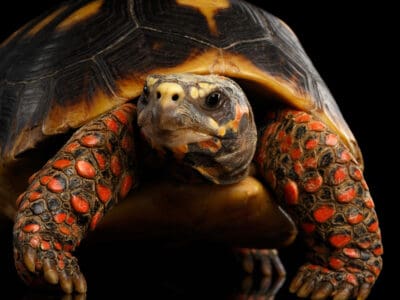
Red-Footed Tortoise
Male and female Red-Footed Tortoises move their heads to communicate.
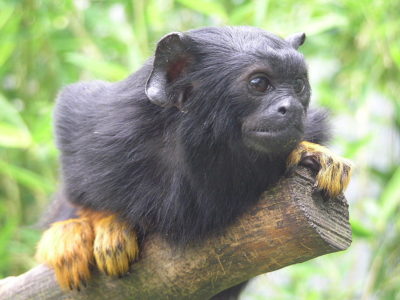
Red-handed Tamarin
Red hair on hands on feet!
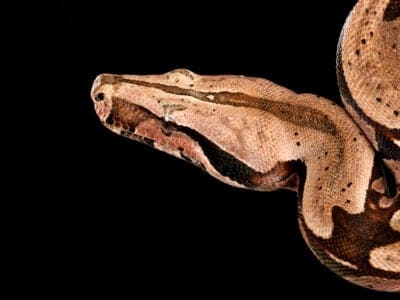
Red Tail Boa (common boa)
Red tailed boas don’t suffocate their prey, they squeeze until the heart stops circulating blood to the brain.
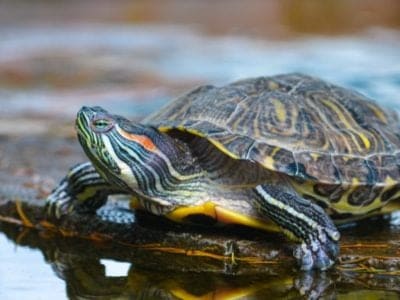
River Turtle
Inhabits freshwater habitats around the world!
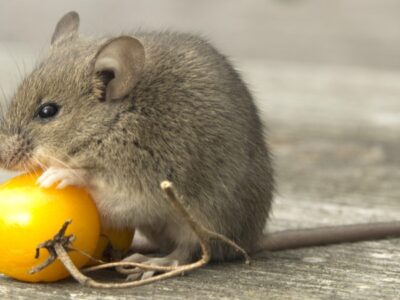
Rodents
The capybara, the world’s largest rodent, likes to be in and around bodies of water. Because of this, the Catholic Church in South America decided that it was a fish, and people were allowed to eat it during Lent and First Fridays.
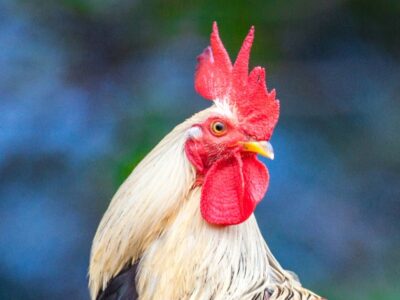
Rooster
Will mate with the entire flock!
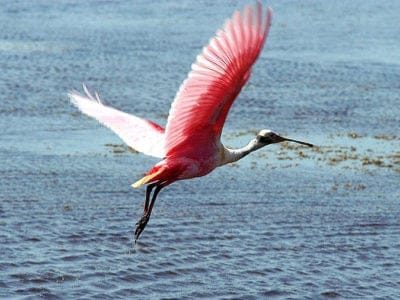
Roseate Spoonbill
The only Spoonbill in the western hemisphere!

Saber-Toothed Tiger
Canines up to 7 inches long!
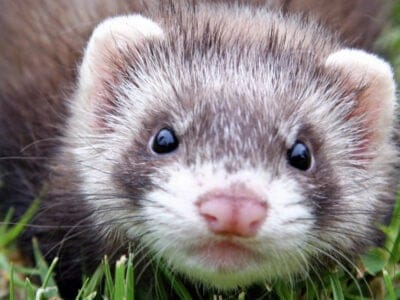
Sable Ferret
Ferrets were used during the Revolutionary War to keep down the rat population.
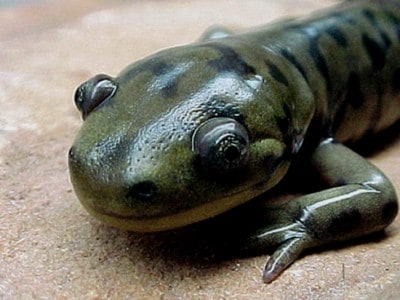
Salamander
There are more than 700 different species!
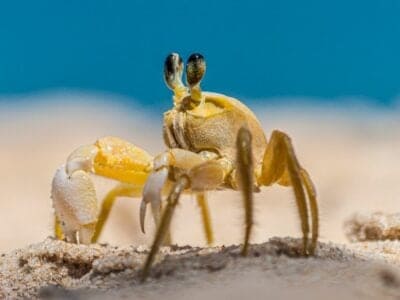
Sand Crab
The sand crab burrows beneath the sand with its tail
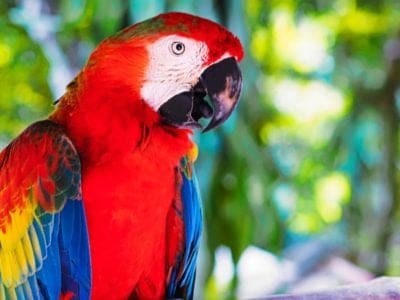
Scarlet Macaw
Like many parrots, the scarlet macaw is capable of vocal mimicry.
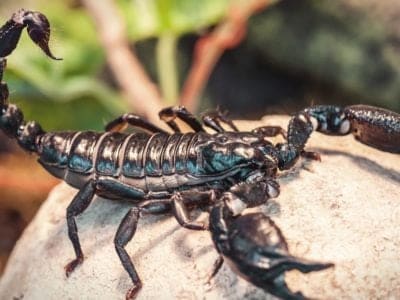
Scorpion
There are around 2,000 known species!
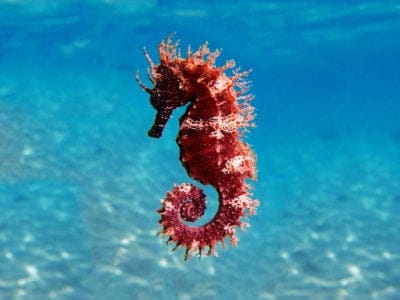
Seahorse
Males give birth to up to 1,000 offspring!
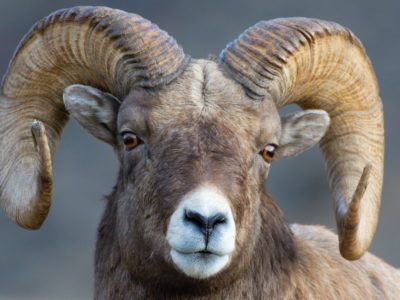
Sheep
Around 35 million in the English countryside!
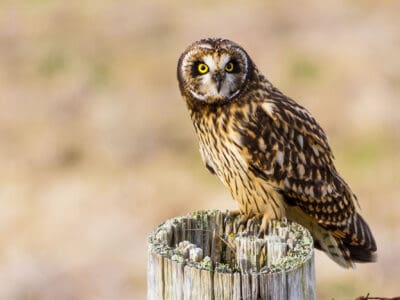
Short-Eared Owl
The short-eared owl is one of the most widespread owl species in the world, covering five continents.
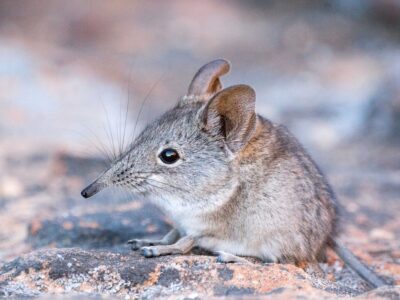
Shrew
The spinal column of the shrew Scutisorex somereni is so strong and reinforced that it can support the weight of an adult human.
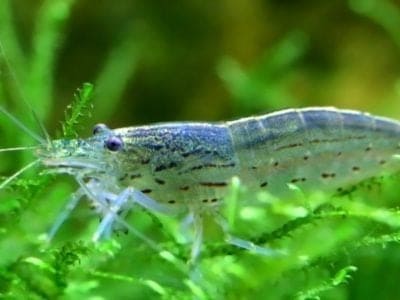
Shrimp
There are 2,000 different species worldwide!
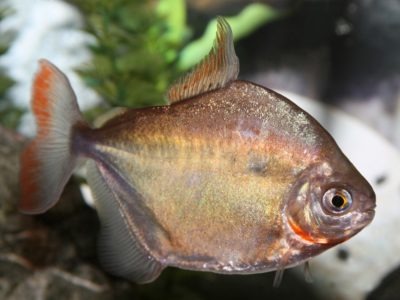
Silver Dollar
Closely related to the Piranha
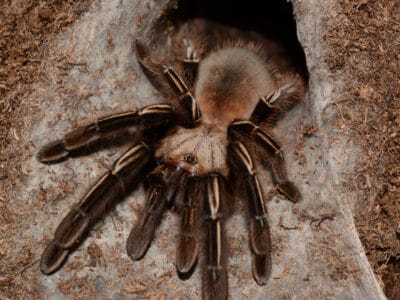
Skeleton Tarantula
50-100
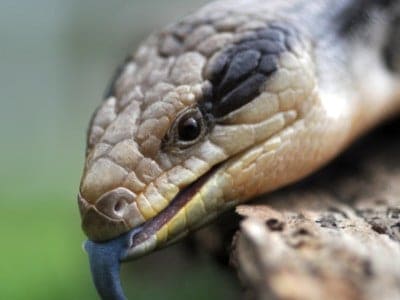
Skink Lizard
Some skinks lay eggs in some habitats while giving birth to skinklets in other habitats.
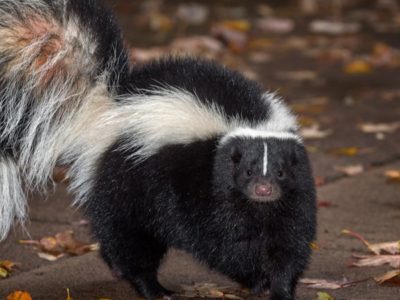
Skunk
Also known as the Polecat!
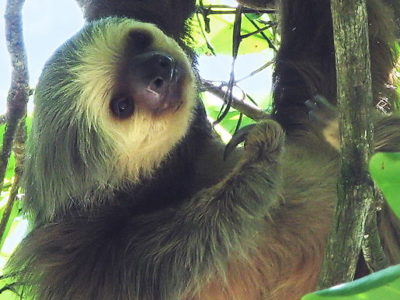
Sloth
It's body temperature is between 30 - 34 degrees!
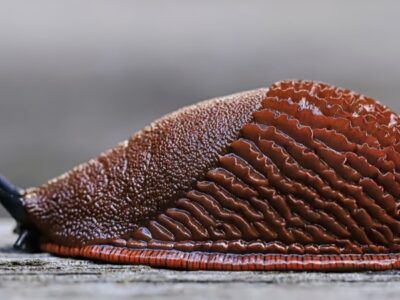
Slug
They glide around on one foot, which is aided by the slime they produce
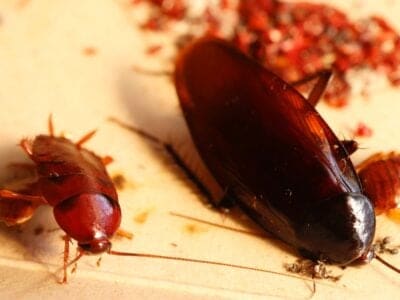
Smokybrown Cockroach
Has up to 45 eggs per egg case
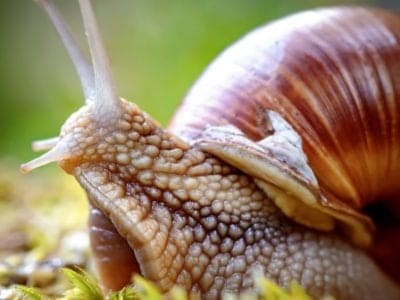
Snail
There are nearly 1,000 different species!
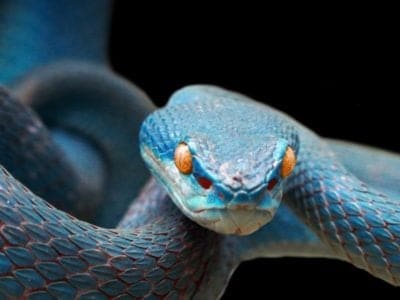
Snake
There are around 4,000 known species worldwide
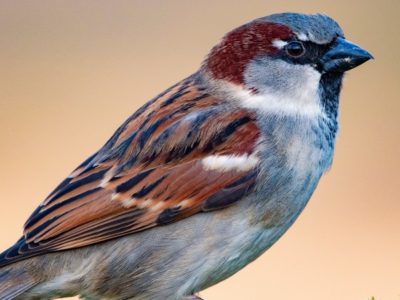
Sparrow
There are 140 different species!
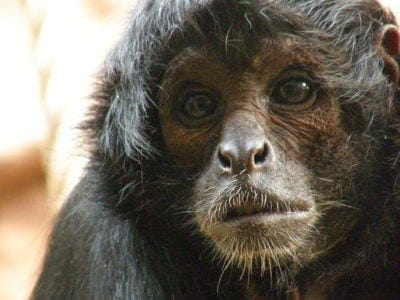
Spider Monkey
Belongs to the only family of primates in the world with full prehensile tails!
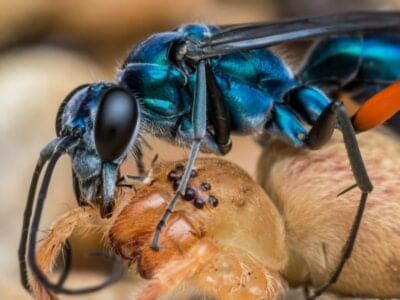
Spider Wasp
They prey on spiders to feed their larvae or they parasitize other spider wasps.
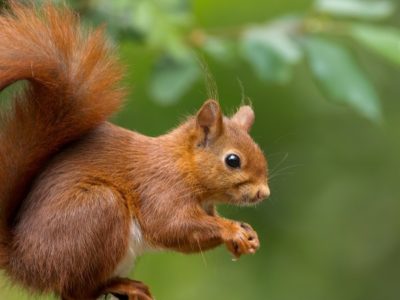
Squirrel
Small rodents found in woodlands worldwide!
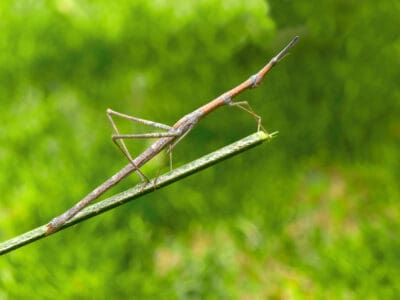
Stick Insect
There are more than 3,000 different species!
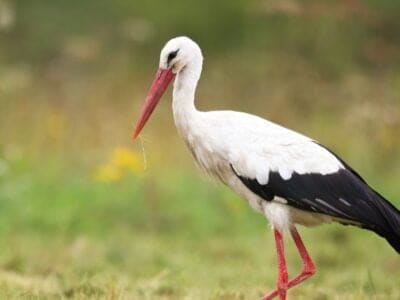
Stork
They can’t sing like other birds.
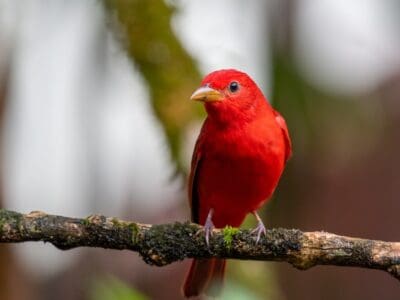
Summer Tanager
They remove bee stingers by rubbing them against a tree
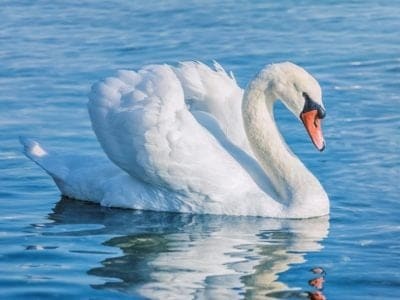
Swan
Populations have been affected by pollution!
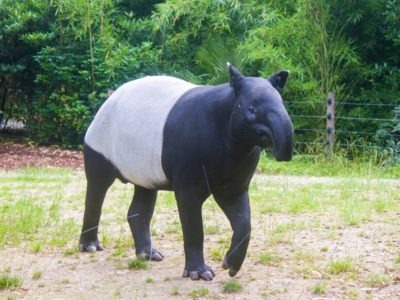
Tapir
Most closely related to horses and rhinos!
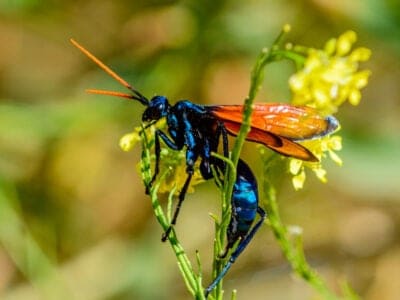
Tarantula Hawk
Tarantula hawks are excellent pollinators, especially for milkweed.

Termite
Their mounds can be up to 9 meters tall!
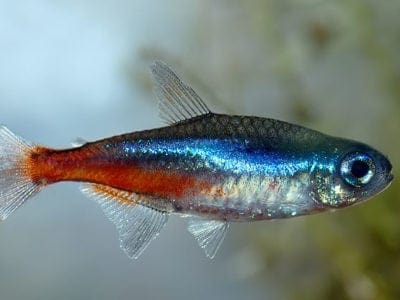
Tetra
Native to the freshwater streams of South America!
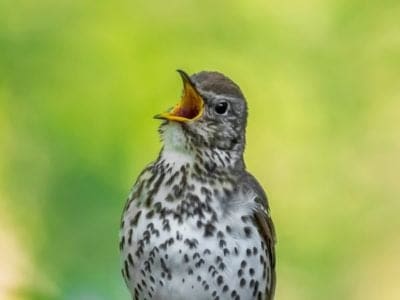
Thrush
The American robin is called the robin because its red breast reminded European settlers of the robin back in the old country.
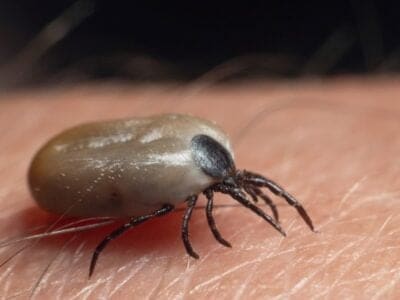
Tick
They inject hosts with a chemical that stops them from feeling the pain of the bite
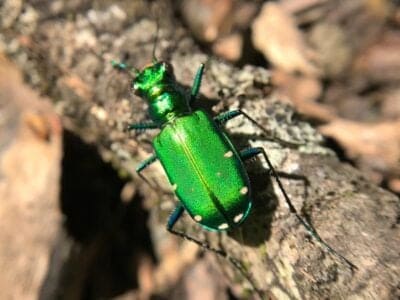
Tiger Beetle
The adult tiger beetle is one of the fastest land insects in the world
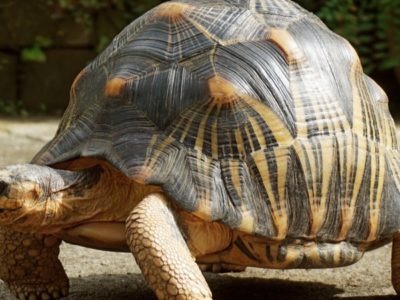
Tortoise
Can live until they are more than 150 years old!
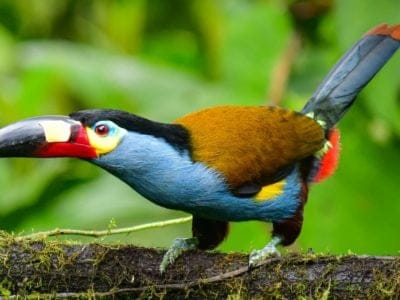
Toucan
There are more than 40 different species!
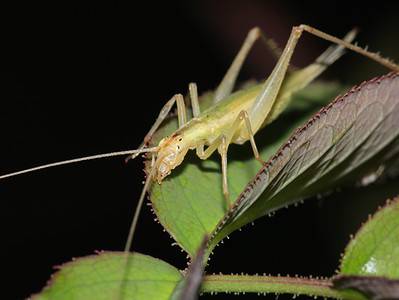
Tree Cricket
They make music with their wings
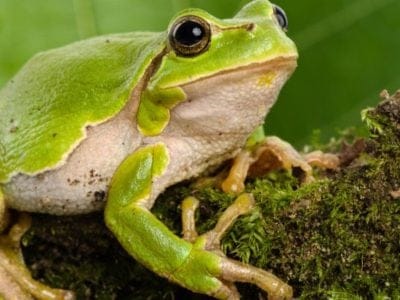
Tree Frog
Found in warmer jungles and forests!
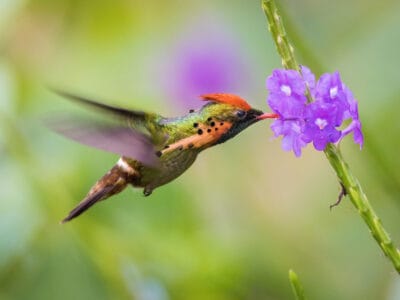
Tufted Coquette
They are tame and easy to approach
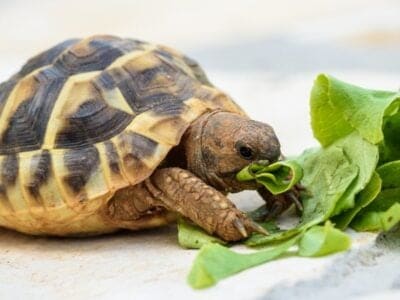
Turtles
Some species of aquatic turtles can get up to 70 percent of their oxygen through their butt.
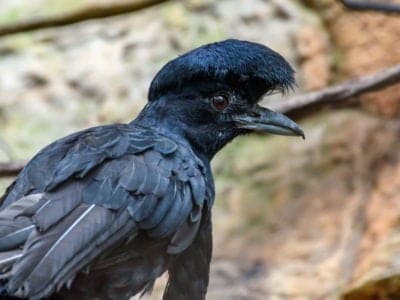
Umbrellabird
Migrates up and down the mountains!
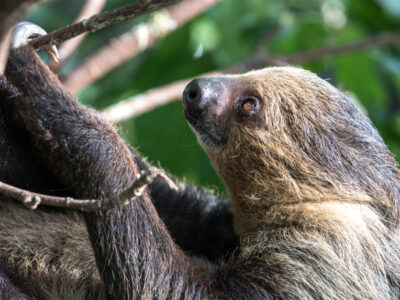
Unau (Linnaeus’s Two-Toed Sloth)
Its top speed is 0.17mph
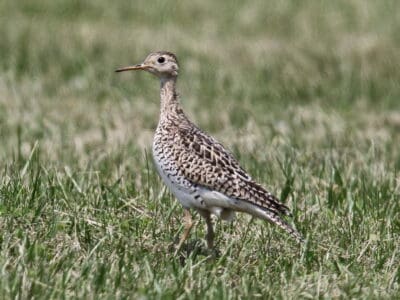
Upland Sandpiper
They make jerky movements as they walk through the grass, searching for food.
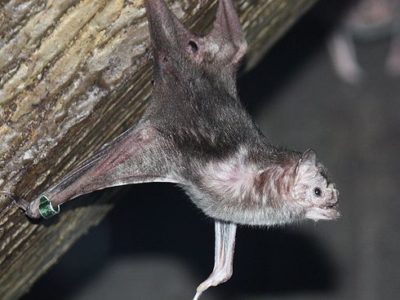
Vampire Bat
Have a heat sensor on the end of their nose!
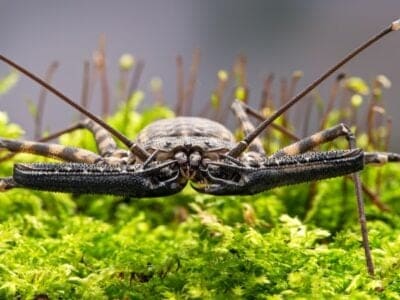
Vinegaroon
Vinegaroons can spray 19 times before the glands are depleted
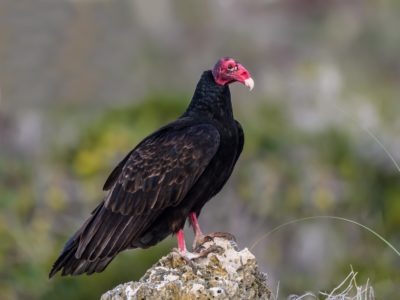
Vulture
There are 30 different species worldwide!
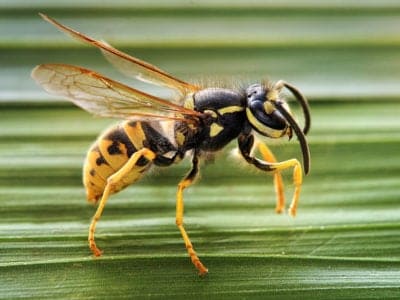
Wasp
There are around 75,000 recognised species!
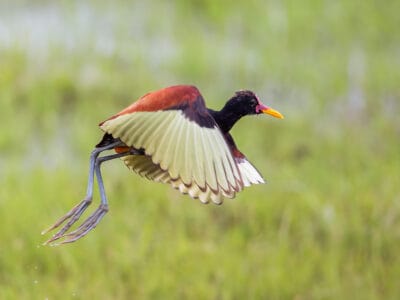
Wattled Jacana
They are typically noisy birds but take on a soft tone with their young.
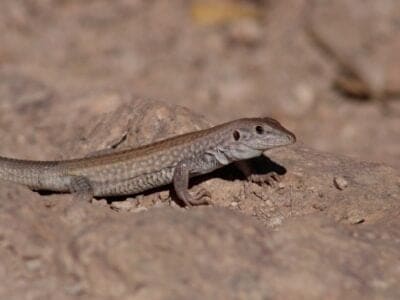
Whiptail Lizard
Many whiptail species reproduce asexually.

White Ferret / Albino Ferrets
There are two different types of white ferrets!
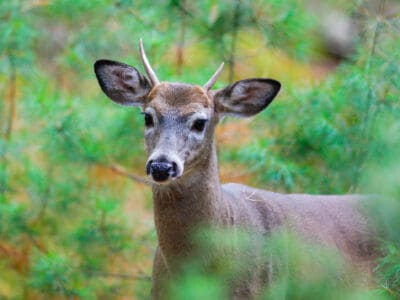
Whitetail Deer
Although deer are herbivores, they will sometimes eat mice and birds when they can catch them.
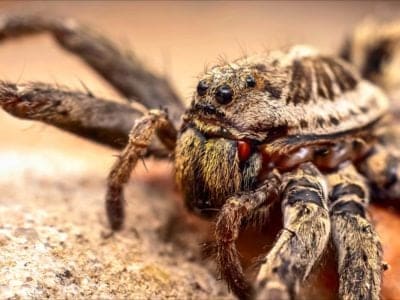
Wolf Spider
Carnivorous arachnid that hunts its prey.
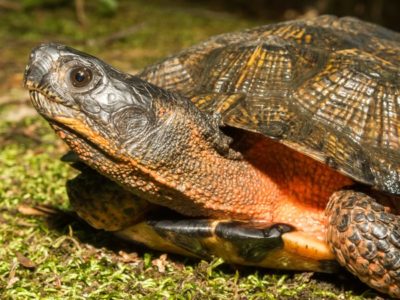
Wood Turtle
Temperature determines the sex of turtle eggs
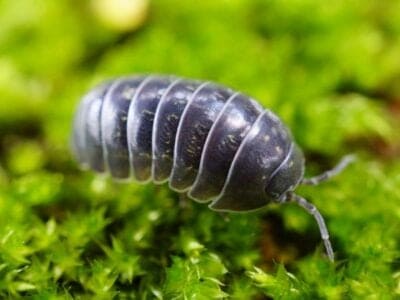
Woodlouse
This animal can roll up into a ball
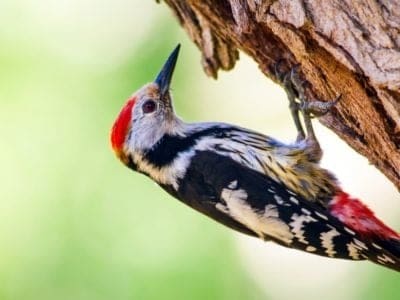
Woodpecker
There are 200 different species!
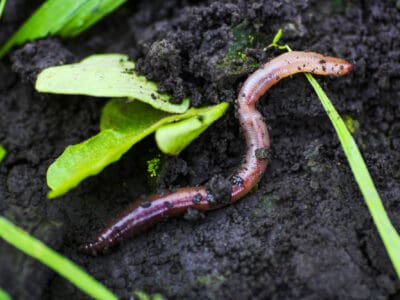
Worm
Doesn’t have eyes.
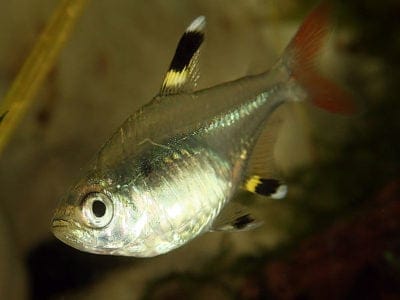
X-Ray Tetra
Yellow, black and white striped fins!
Surinamese Animals List
- Agouti
- Amazon Parrot
- Amazon Tree Boa
- Amazonian Royal Flycatcher
- Anaconda
- Anhinga
- Ant
- Anteater
- Armadillo
- Armyworm
- Barb
- Barn Owl
- Barn Swallow
- Bat
- Bear
- Bed Bugs
- Bee
- Beetle
- Bird
- Biscuit Beetle
- Black-Bellied Whistling Duck
- Black Widow Spider
- Blackburnian Warbler
- Blue Tanager (Blue-Grey Tanager)
- Blue Tang
- Brazilian Treehopper
- Brown Dog Tick
- Bush Dog
- Butterfly
- Caecilian
- Caiman
- Camel Cricket
- Capybara
- Carpenter Ant
- Cat
- Caterpillar
- Catfish
- Centipede
- Chicken
- Chilean Recluse Spider
- Cichlid
- Coati
- Cockroach
- Codling Moth
- Collared Peccary
- Common Furniture Beetle
- Common House Spider
- Coral Snake
- Cormorant
- Cow
- Crab
- Crab-Eating Fox
- Crab Spider
- Cricket
- Crocodile
- Crocodylomorph
- Crow
- Cuckoo
- Dickcissel
- Discus
- Dog
- Dog Tick
- Donkey
- Dragonfly
- Dubia Cockroach
- Duck
- Dung Beetle
- Dusky Shark
- Dwarf Boa
- Eagle
- Earthworm
- Earwig
- Eastern Meadowlark
- Eel
- Electric Eel
- Emerald Tree Boa
- Falcon
- False coral snake
- False Widow Spider
- Firefly
- Flamingo
- Flea
- Fly
- Flying Squirrel
- Frog
- Fruit Fly
- Fulvous Whistling Duck
- Gecko
- German Cockroach
- Giant Armadillo
- Glowworm
- Gnat
- Grasshopper
- Great Potoo Bird
- Green Anaconda
- Guinea Pig
- Guppy
- Gypsy Moth
- Hamster
- Hare
- Harpy Eagle
- Harris’s Hawk
- Hawk Moth Caterpillar
- Hepatic Tanager (Red Tanager)
- Hercules Beetle
- Heron
- Honey Bee
- Argentine Horned Frog
- Horse
- Horsefly
- House wren
- Housefly
- Howler Monkey
- Human
- Hummingbird
- Huntsman Spider
- Ibis
- Iguana
- IMG Boa Constrictor
- Insects
- Jabiru
- Jacana
- Jack Crevalle
- Jaguar
- Jumping Spider
- Kingfisher
- Kinkajou
- Ladybug
- Leech
- Lipstick Albino Boa
- Lizard
- Locust
- Lone Star Tick
- Macaw
- Maggot
- Margay
- Marine Toad
- Mayfly
- Mealybug
- Millipede
- Mockingbird
- Mole
- Mole Cricket
- Molly
- Monarch Butterfly
- Mongrel
- Monkey
- Moorhen
- Morpho Butterfly
- Mosquito
- Moth
- Mountain Lion
- Mouse
- Mule
- Muscovy Duck
- Nematode
- No See Ums
- Ocelot
- Orb Weaver
- Osprey
- Otter
- Owl
- Ox
- Panther
- Parrot
- Parrotlet
- Peacock Bass
- Peregrine Falcon
- Pheasant
- Pigeon
- Pit Viper
- Poison Dart Frog
- Pompano Fish
- Porcupine
- Praying Mantis
- Puma
- Quail
- Quetzal
- Raccoon
- Rainbow Boa
- Rat
- Rat Snakes
- Rattlesnake
- Red-Footed Tortoise
- Red-handed Tamarin
- Red Tail Boa (common boa)
- River Turtle
- Rodents
- Rooster
- Roseate Spoonbill
- Saber-Toothed Tiger
- Sable Ferret
- Salamander
- Sand Crab
- Scarlet Macaw
- Scorpion
- Seahorse
- Sheep
- Short-Eared Owl
- Shrew
- Shrimp
- Silver Dollar
- Skeleton Tarantula
- Skink Lizard
- Skunk
- Sloth
- Slug
- Smokybrown Cockroach
- Snail
- Snake
- Sparrow
- Spider Monkey
- Spider Wasp
- Squirrel
- Stick Insect
- Stork
- Summer Tanager
- Swallowtail Butterfly
- Swan
- Tapir
- Tarantula Hawk
- Termite
- Tetra
- Thrush
- Tick
- Tiger Beetle
- Tortoise
- Toucan
- Tree Cricket
- Tree Frog
- Tufted Coquette
- Turtles
- Umbrellabird
- Unau (Linnaeus’s Two-Toed Sloth)
- Upland Sandpiper
- Vampire Bat
- Vinegaroon
- Vulture
- Wasp
- Wattled Jacana
- Whiptail Lizard
- White Ferret / Albino Ferrets
- Whitetail Deer
- Wolf Spider
- Wood Turtle
- Woodlouse
- Woodpecker
- Worm
- X-Ray Tetra
Animals in Suriname FAQs (Frequently Asked Questions)
What animals live in Suriname?
Suriname is a very wild place filled with countless animal species. It seems likely that a large number of endemic animals remain undiscovered and uncatalogued even at this late date in time.
There are at least 700 different bird species, including such familiar names as the Hummingbird, Macaw, and Toucan.
Whales and dolphins are present offshore and Suriname maintains a unique coastal reserve for the propagation of sea turtle species.
Inside the tropical rain forest which comprises the bulk of the country, monkeys, snakes, lizards and caimans are found in large numbers.
Given the large number of insects in the region, there is a very significant quantity of diversified bat species present.
There are also many odd creatures such as the Anteater, Armadillo, Tapir, and a very lush supply of colorful tropical snakes.
Do Jaguars live in Suriname?
Yes. Once valued for their exquisite fun, Jaguars were at risk of becoming extinct. Thanks to modern preservation efforts and the large amount of undeveloped terrain in the country, the Jaguar population is now relatively stable. They are not easy to spot in the wild but Jaguars definitely call Suriname home.



